Italy Travel Guide
Exploring the Italian countryside is an experience that can never be forgotten. From the beauty of the rolling hills and vineyards to the amazing food, culture, and scenery of cities like Rome, Florence, and Venice, there is something for everyone. Whether it’s relaxing by a lake in the north or taking a historical walking tour through one of Italy’s incredible cities, there are countless opportunities to enjoy all that this country has to offer.
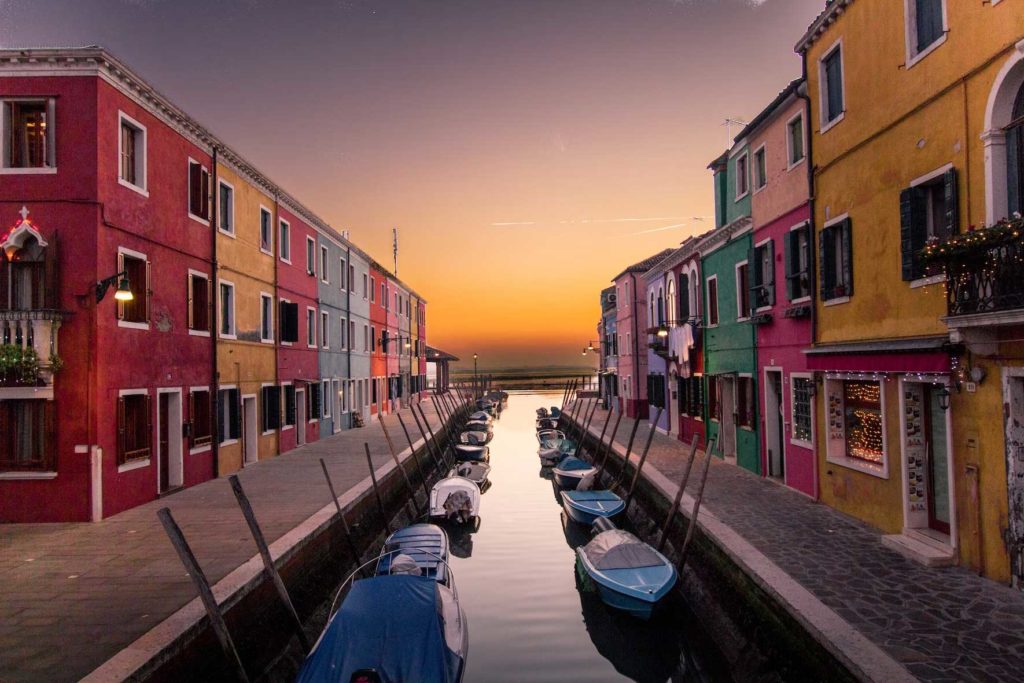
Travel to Italy
Italy is a country located in Southern Europe, known for its rich history, cultural heritage, stunning landscapes, and delicious cuisine. It is one of the most popular tourist destinations in the world, attracting millions of visitors every year.
The capital city, Rome, is a must-see destination for any traveler to Italy. Home to the ancient Roman Empire, Rome is full of historic landmarks, including the Colosseum, the Pantheon, and the Roman Forum. The Vatican City, an independent city-state within Rome, is also a must-visit destination, with the world-famous St. Peter’s Basilica and the Sistine Chapel.
Florence is another popular destination in Italy, known for its art, architecture, and museums. The Uffizi Gallery and the Accademia Gallery are must-visit museums for any art lover. The city is also home to the famous Duomo, a stunning cathedral with a dome designed by Brunelleschi.
Venice, a city built on a group of islands, is one of the most romantic destinations in Italy. Known for its canals, gondolas, and bridges, Venice is a UNESCO World Heritage Site and is famous for its St. Mark’s Square, the Rialto Bridge, and the Doge’s Palace.

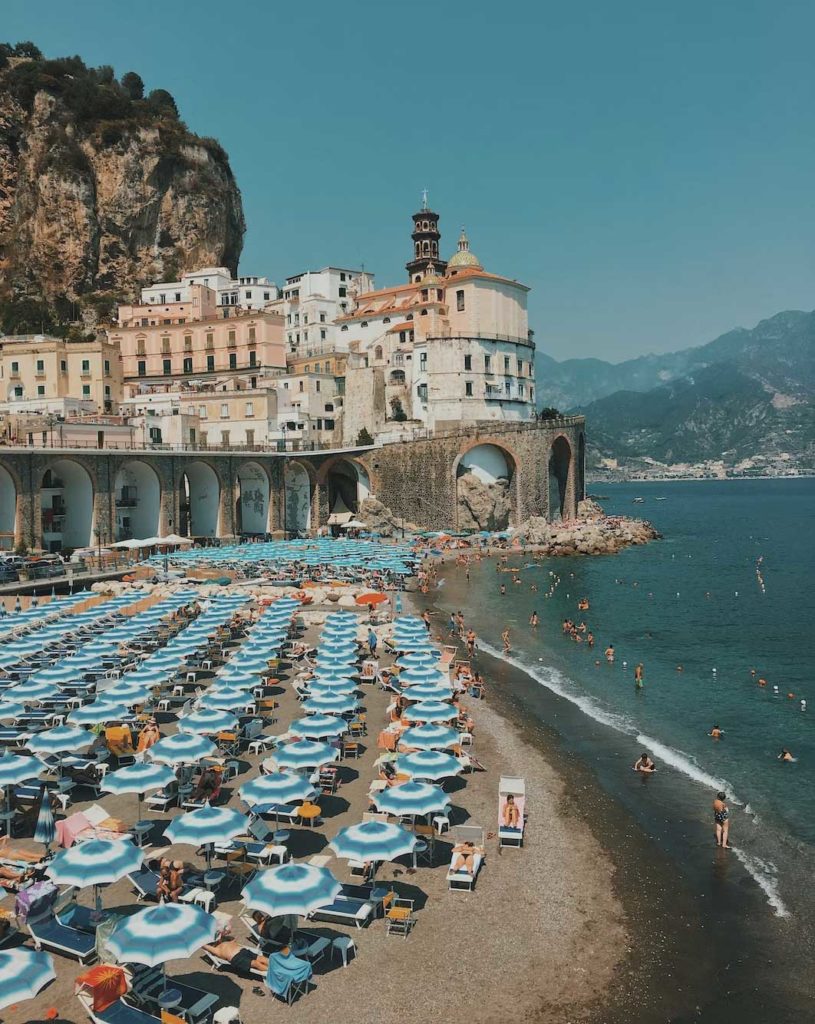
Naples, the third-largest city in Italy, is located in the south and is famous for its delicious pizza and street food. It is also a great starting point to explore the nearby archaeological sites of Pompeii and Herculaneum, both buried by the eruption of Mount Vesuvius in AD 79.
Italy’s coastline is also worth exploring. The Amalfi Coast, located south of Naples, is a stunning stretch of coastline known for its picturesque villages, crystal-clear waters, and winding roads. The Cinque Terre, a UNESCO World Heritage Site located in Liguria, is another popular destination known for its colorful houses, rocky coastline, and scenic hiking trails.
Italy is also famous for its fashion, design, and luxury brands. Milan, the fashion capital of Italy, is home to many high-end fashion brands and is a great destination for shopping and dining.
Finally, Italy is renowned for its cuisine, with a variety of regional specialties, including pasta, pizza, gelato, and wine. Each region has its own unique cuisine and ingredients, making Italian cuisine a foodie’s dream.
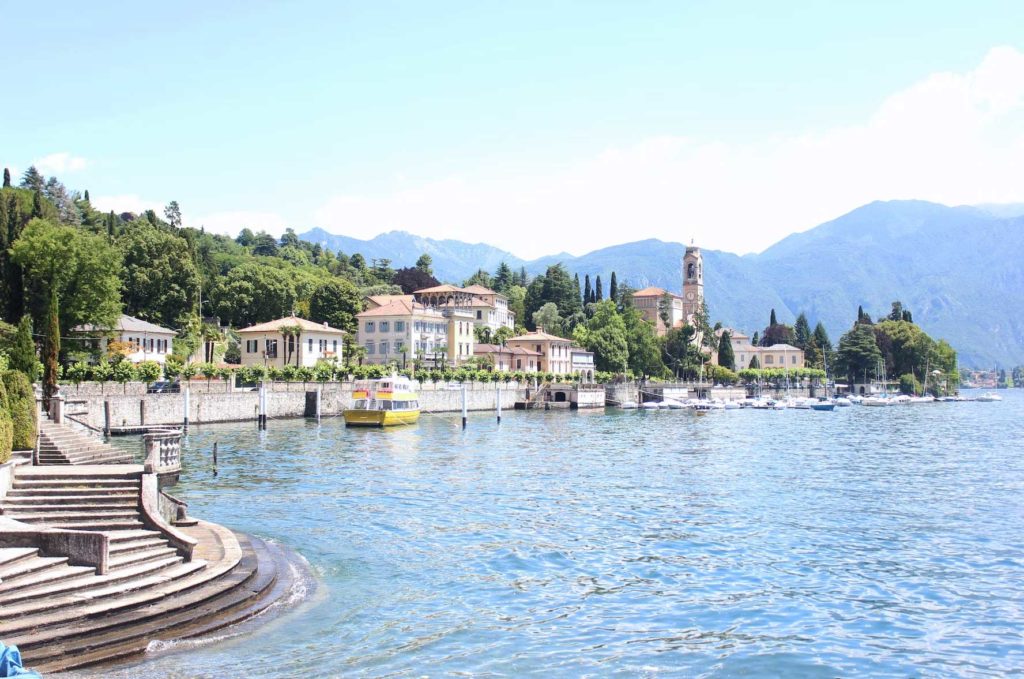
The regions of Italy to travel to
Italy is divided into 20 different regions, each with their own unique geography, culture, and traditions. In the north, you can find the alpine regions of Aosta Valley, Trentino-Alto Adige/Südtirol, and Lombardy; in the south lies Apulia, Calabria and Sicily; Central Italy includes Emilia-Romagna, Marche, Tuscany and Lazio; while northern Italy is home to Liguria and Piedmont. Also home to several islands such as Sardinia and Elba, Italy offers a wide range of landscapes including beaches, mountains and lakes for any traveler looking for something special.
Aosta Valley
Aosta Valley, also known as Valle d’Aosta, is a beautiful region located in the northwest of Italy, bordered by France and Switzerland. This region is famous for its stunning natural beauty, rich cultural heritage, and delicious cuisine. Here is a touristic presentation of Aosta Valley:
Main Cities: Aosta, Courmayeur, Cogne, La Thuile
Landmarks/Points of Interest:
Gran Paradiso National Park: This is the oldest national park in Italy and is home to a variety of wildlife, including the Alpine ibex, chamois, and golden eagle.
Mont Blanc: This is the highest mountain in the Alps and is a popular destination for hiking, skiing, and mountaineering.
Aosta Cathedral: This Romanesque cathedral is located in the heart of Aosta and features beautiful frescoes and sculptures.
Fort Bard: This impressive fortress was built in the early 19th century to defend the region from invasion and now serves as a museum and cultural center.
The Roman Theater: This well-preserved Roman theater dates back to the 1st century AD and is located in the center of Aosta.
Castles: Aosta Valley is home to a variety of beautiful castles, including the Castello di Fénis, Castello di Issogne, and Castello di Sarre.
Fun Things to Do:
Skiing and snowboarding: Aosta Valley is home to some of the best ski resorts in Italy, including Courmayeur and La Thuile.
Hiking: The region offers a variety of hiking trails, ranging from easy walks to challenging mountain climbs.
Wine tasting: Aosta Valley is known for its delicious wines, including the red wines made from the Nebbiolo grape.
Food tasting: The region is famous for its hearty cuisine, including dishes such as polenta, fontina cheese, and cured meats.
Hot springs: The region is home to a number of natural hot springs, including the Pré-Saint-Didier Thermal Baths.
Cultural events: Aosta Valley hosts a number of cultural events throughout the year, including the Saint-Ours Fair in Aosta and the Medieval Festival in Fénis.

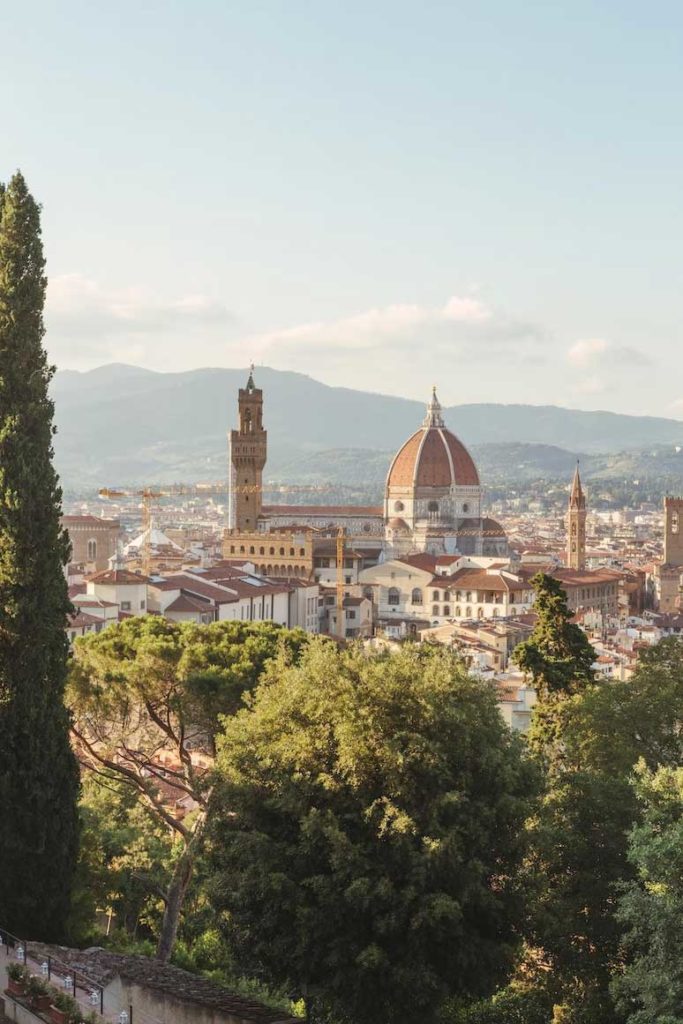
Trentino-Alto Adige/Südtirol
Trentino-Alto Adige/Südtirol is a region located in the northeast of Italy, bordering Austria and Switzerland. The region is known for its stunning natural beauty, rich cultural heritage, and delicious cuisine. Here is a touristic presentation of Trentino-Alto Adige/Südtirol:
Main Cities: Trento, Bolzano, Merano, Bressanone
Landmarks/Points of Interest:
Dolomites: This mountain range is a UNESCO World Heritage Site and offers breathtaking scenery, hiking trails, and skiing slopes.
Lake Garda: This stunning lake is located at the southern edge of the region and is a popular destination for water sports, hiking, and cycling.
Messner Mountain Museum: This unique museum, founded by the famous mountaineer Reinhold Messner, showcases the history and culture of the mountainous region.
Rhaetian Museum: This museum in Bolzano explores the cultural history of the region, including the Rhaetian people who inhabited the area before the Roman Empire.
The South Tyrol Museum of Archaeology: This museum in Bolzano is home to Ötzi the Iceman, a well-preserved mummy dating back to 3300 BCE.
Castles: The region is home to a number of beautiful castles, including the Castle of Tirolo, Castle of Sigmundskron, and Castle of Churburg.
Fun Things to Do:
Skiing and snowboarding: Trentino-Alto Adige/Südtirol is home to some of the best ski resorts in Italy, including Madonna di Campiglio and Val Gardena.
Hiking: The region offers a variety of hiking trails, ranging from easy walks to challenging mountain climbs.
Wine tasting: The region is known for its delicious wines, including the red wines made from the Lagrein grape.
Food tasting: Trentino-Alto Adige/Südtirol is famous for its hearty cuisine, including dishes such as canederli (bread dumplings), speck (cured ham), and strudel (a pastry filled with apples or other fruit).
Cycling: The region offers a variety of cycling trails, including the famous Sella Ronda loop.
Relaxing in the spas: The region is home to a number of natural hot springs and spas, including the Terme Merano and the QC Terme Dolomiti.
Lombardy
Lombardy is a region located in the northern part of Italy and is the most populous region in the country. The region is known for its rich history, art, fashion, and cuisine. Here is a touristic presentation of Lombardy:
Main Cities: Milan, Bergamo, Brescia, Como, Mantua
Landmarks/Points of Interest:
Milan Cathedral: This iconic Gothic cathedral is the largest in Italy and features stunning architecture and artwork.
The Last Supper: This famous painting by Leonardo da Vinci can be found in the Santa Maria delle Grazie church in Milan.
Lake Como: This picturesque lake is a popular destination for boat tours, hiking, and exploring the charming towns along its shores.
Sforza Castle: This historic castle in Milan houses a number of museums and art collections, including works by Michelangelo and da Vinci.
The Royal Palace of Caserta: This stunning palace in Caserta was built in the 18th century and is a UNESCO World Heritage Site.
The Brescia Roman Forum: This ancient Roman forum in Brescia is a well-preserved site featuring ruins of temples, arches, and public buildings.
Fun Things to Do:
Shopping: Milan is one of the fashion capitals of the world and is home to numerous high-end fashion boutiques and department stores.
Visiting Museums and Art Galleries: Lombardy is home to a number of museums and art galleries, including the Pinacoteca di Brera in Milan and the Accademia Carrara in Bergamo.
Exploring Medieval Towns and Castles: The region is full of charming medieval towns and castles, such as the town of Mantua and the castle of Malpaga.
Visiting Wineries: Lombardy is known for its wine production, particularly its sparkling wines such as Franciacorta and Lambrusco.
Traditional Cuisine Tasting: Lombardy is famous for its cuisine, including dishes such as risotto alla milanese, osso buco, and panettone.
Hiking and Outdoor Activities: Lombardy offers a variety of outdoor activities, including hiking in the Lombard Alps, cycling along the Adda River, and skiing in the resorts of Bormio and Livigno.
In summary, Lombardy is a region with a rich history, art, fashion, and cuisine. Whether you’re interested in exploring ancient ruins, shopping for luxury fashion, or simply relaxing and enjoying the local food and wine, Lombardy has something to offer every traveler.

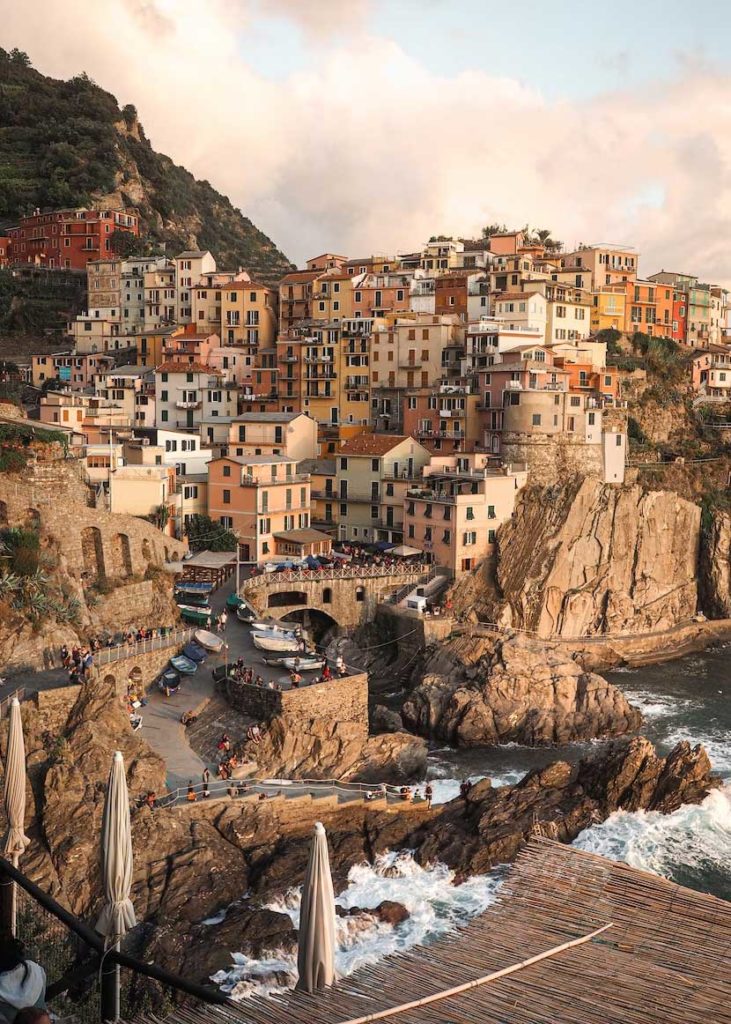
Apulia
Apulia, also known as Puglia in Italian, is a region located in the southeastern part of Italy. The region is known for its stunning coastline, beautiful architecture, and delicious cuisine. Here is a touristic presentation of Apulia:
Main Cities: Bari, Lecce, Brindisi, Taranto
Landmarks/Points of Interest:
Alberobello: This town is known for its unique trulli houses, which are traditional dry stone huts with conical roofs.
Castel del Monte: This stunning medieval castle, built by Emperor Frederick II, is a UNESCO World Heritage Site.
Matera: This city, located in the neighboring region of Basilicata, is famous for its ancient cave dwellings, known as sassi, which have been inhabited since prehistoric times.
The Gargano Peninsula: This beautiful peninsula is a popular destination for hiking, beach holidays, and exploring charming seaside towns.
The Salento Peninsula: This area in the southern part of Apulia is known for its beautiful beaches, crystal-clear waters, and baroque architecture.
Ostuni: This beautiful hilltop town, also known as the “White City,” is famous for its whitewashed buildings and stunning views.
Fun Things to Do:
Beach Holidays: Apulia is home to some of the most beautiful beaches in Italy, including the white sandy beaches of Salento and the rocky coves of Gargano.
Exploring Ancient Ruins: The region is home to a number of ancient ruins, including the Roman amphitheater in Lecce and the Necropolis of San Giovanni in Ruvo di Puglia.
Traditional Cuisine Tasting: Apulia is known for its delicious cuisine, including dishes such as orecchiette pasta, burrata cheese, and fresh seafood.
Visiting Wineries: The region produces a number of high-quality wines, including the full-bodied Primitivo and the light and refreshing Negroamaro.
Cycling and Hiking: The region offers a variety of cycling and hiking trails, including the Via Francigena, an ancient pilgrim route that runs through Apulia.
Calabria
Calabria is a region located in the southern part of Italy, known for its stunning coastline, beautiful landscapes, and rich history. Here is a touristic presentation of Calabria:
Main Cities: Reggio Calabria, Cosenza, Catanzaro, Tropea
Landmarks/Points of Interest:
Tropea: This charming coastal town is known for its stunning beaches and cliffside views of the Tyrrhenian Sea.
Reggio Calabria: This city is home to the famous Bronzi di Riace, two Greek bronze statues that date back to the 5th century BC.
Aspromonte National Park: This park is located in the southern part of Calabria and offers breathtaking views of the mountains and sea, as well as a variety of hiking trails.
Scilla: This seaside town is known for its picturesque harbor and the Castello Ruffo, a medieval fortress overlooking the sea.
Sila National Park: This park is located in the northern part of Calabria and offers beautiful forests, lakes, and hiking trails.
Stilo: This town is home to the Cattolica di Stilo, a Byzantine church dating back to the 9th century AD.
Fun Things to Do:
Beach Holidays: Calabria is home to some of the most beautiful beaches in Italy, including Tropea Beach and Capo Vaticano Beach.
Water Sports: The region is popular for water sports such as windsurfing, sailing, and scuba diving.
Traditional Cuisine Tasting: Calabria is known for its delicious cuisine, including dishes such as ‘nduja (spicy spreadable salami), fileja (hand-rolled pasta), and cipolla rossa di Tropea (red onions).
Visiting Medieval Castles and Churches: The region is full of historic castles and churches, such as the Castello Normanno-Svevo in Cosenza and the Cathedral of Santa Maria Assunta in Reggio Calabria.
Hiking and Outdoor Activities: Calabria offers a variety of hiking trails, as well as activities such as horseback riding, cycling, and skiing in the winter.

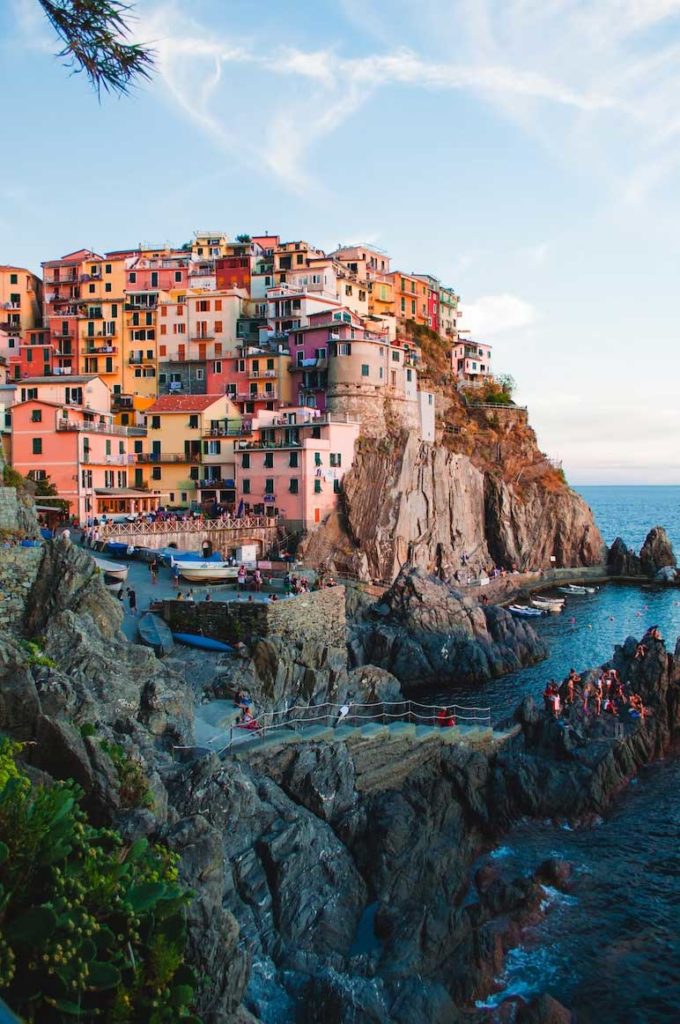
Sicily
Sicily is the largest island in the Mediterranean Sea and is located at the southernmost tip of Italy. The island is known for its rich history, stunning landscapes, and delicious cuisine. Here is a touristic presentation of Sicily:
Main Cities: Palermo, Catania, Messina, Syracuse
Landmarks/Points of Interest:
Mount Etna: This active volcano is the tallest in Europe and is a popular destination for hiking, skiing, and exploring the lava fields.
Valley of the Temples: This archaeological site in Agrigento features some of the best-preserved Greek temples outside of Greece, including the Temple of Concordia and the Temple of Juno.
Palermo Cathedral: This stunning cathedral in the heart of Palermo features a mix of architectural styles, including Gothic, Baroque, and Norman.
Taormina: This charming hilltop town is known for its ancient Greek theater, beautiful beaches, and stunning views of Mount Etna.
The Aeolian Islands: This group of volcanic islands off the coast of Sicily offers beautiful beaches, clear waters, and a relaxed atmosphere.
The Roman Villa del Casale: This ancient Roman villa, located near Piazza Armerina, is famous for its well-preserved mosaics.
Fun Things to Do:
Beach Holidays: Sicily is home to some of the most beautiful beaches in Italy, including the beaches of Taormina and San Vito lo Capo.
Exploring Ancient Ruins: The island is full of ancient ruins, including the Greek Theater in Syracuse and the Temple of Segesta.
Traditional Cuisine Tasting: Sicily is known for its delicious cuisine, including dishes such as arancini (fried rice balls), pasta alla Norma (pasta with eggplant and ricotta cheese), and cannoli (sweet pastry filled with ricotta cheese).
Visiting Wineries: The island produces a number of high-quality wines, including the sweet dessert wine Marsala and the full-bodied Nero d’Avola.
Hiking and Outdoor Activities: Sicily offers a variety of hiking trails, as well as activities such as horseback riding, cycling, and windsurfing.
Emilia-Romagna
Emilia-Romagna is a region located in the northern part of Italy, known for its rich culinary tradition, beautiful cities, and cultural heritage. Here is a touristic presentation of Emilia-Romagna:
Main Cities: Bologna, Modena, Parma, Ravenna
Landmarks/Points of Interest:
Piazza Maggiore: This historic square in Bologna is home to several beautiful buildings, including the Palazzo dei Banchi and the Basilica di San Petronio.
Ducal Palace: This stunning palace in Modena, a UNESCO World Heritage Site, houses a collection of beautiful art and artifacts.
Parma Cathedral: This beautiful cathedral in Parma features stunning architecture and artwork, including frescoes by Correggio.
Ferrari Museum: This museum in Maranello showcases the history of the famous Italian carmaker, including a collection of historic and modern Ferrari cars.
Ravenna Mosaics: This city is famous for its beautiful Byzantine mosaics, including those in the Basilica di San Vitale and the Mausoleum of Galla Placidia.
The Castles of the Duchy of Parma and Piacenza: This area is home to a number of beautiful castles, including the Castello di Torrechiara and the Castello di Bardi.
Fun Things to Do:
Food Tasting: Emilia-Romagna is known for its delicious cuisine, including dishes such as Parmigiano-Reggiano cheese, Prosciutto di Parma, and Balsamic Vinegar.
Visiting Wineries: The region produces a number of high-quality wines, including the full-bodied Sangiovese and the sparkling Lambrusco.
Exploring Historic Cities: Emilia-Romagna is home to a number of beautiful historic cities, each with its own unique architecture, art, and cultural heritage.
Visiting Museums: The region offers a variety of museums, including the Museo Civico Archeologico in Bologna and the Museo Glauco Lombardi in Parma.
Attending Festivals: Emilia-Romagna hosts a number of festivals throughout the year, including the International Festival of Journalism in Perugia and the Festival of San Giovanni Battista in Bologna.
Outdoor Activities: The region offers a variety of outdoor activities, including hiking in the Apennine Mountains, cycling along the Po River, and swimming in the Adriatic Sea.

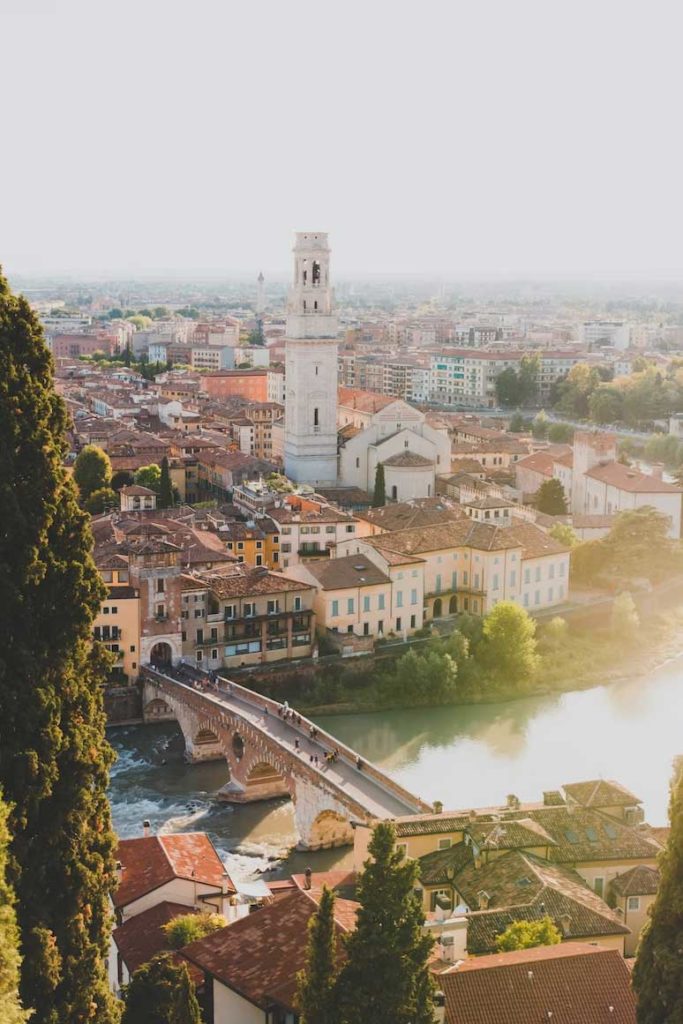
Marche
Marche is a region located in the central part of Italy, known for its beautiful coastline, picturesque hilltop towns, and rich cultural heritage. Here is a touristic presentation of Marche:
Main Cities: Ancona, Pesaro, Macerata, Ascoli Piceno
Landmarks/Points of Interest:
Urbino: This beautiful hilltop town, a UNESCO World Heritage Site, is known for its Renaissance architecture and art, including the Ducal Palace and the Galleria Nazionale delle Marche.
Conero Riviera: This beautiful stretch of coastline offers crystal-clear waters, sandy beaches, and stunning cliffs, as well as a variety of water sports.
Frasassi Caves: These stunning limestone caves, located in the Gola della Rossa e di Frasassi Regional Park, offer a unique underground experience.
Loreto: This town is home to the Basilica of the Holy House, a major pilgrimage site for Catholics, which is said to contain the house where the Virgin Mary was born.
Macerata Opera Festival: This annual festival, held in the historic Sferisterio Arena, features performances of opera and other classical music.
Ascoli Piceno: This beautiful town is known for its stunning Piazza del Popolo, historic architecture, and delicious cuisine.
Fun Things to Do:
Beach Holidays: Marche is home to some of the most beautiful beaches in Italy, including the beaches of Senigallia and Porto Recanati.
Exploring Hilltop Towns: The region is full of charming hilltop towns, each with its own unique architecture, history, and cultural heritage.
Traditional Cuisine Tasting: Marche is known for its delicious cuisine, including dishes such as olive ascolane (stuffed olives), vincisgrassi (lasagna with meat sauce), and brodetto (fish soup).
Visiting Wineries: The region produces a number of high-quality wines, including the full-bodied Rosso Conero and the refreshing Verdicchio.
Hiking and Outdoor Activities: Marche offers a variety of hiking trails, as well as activities such as horseback riding, cycling, and skiing in the winter.
Tuscany
Tuscany is a region located in central Italy, known for its beautiful landscapes, rich cultural heritage, and delicious cuisine. Here is a touristic presentation of Tuscany:
Main Cities: Florence, Siena, Pisa, Lucca
Landmarks/Points of Interest:
Florence Cathedral: This stunning cathedral, also known as the Duomo, features iconic architecture and artwork, including the famous dome designed by Brunelleschi.
Uffizi Gallery: This world-renowned art museum in Florence features a collection of Italian Renaissance art, including works by Botticelli, Michelangelo, and Leonardo da Vinci.
Leaning Tower of Pisa: This iconic tower in Pisa is known for its distinctive lean and is a UNESCO World Heritage Site.
Siena Cathedral: This beautiful cathedral, located in the heart of Siena, features stunning Gothic architecture and artwork, including the famous marble pulpit by Nicola Pisano.
Val d’Orcia: This beautiful valley in southern Tuscany offers stunning landscapes, including rolling hills, vineyards, and medieval hilltop towns.
San Gimignano: This charming hilltop town is known for its medieval towers, beautiful views, and delicious local wine.
Fun Things to Do:
Wine Tasting: Tuscany is known for its world-renowned wines, including Chianti, Brunello di Montalcino, and Vernaccia di San Gimignano.
Exploring Historic Cities: Tuscany is home to a number of beautiful historic cities, each with its own unique architecture, art, and cultural heritage.
Visiting Museums and Art Galleries: The region offers a variety of museums and art galleries, including the Leonardo da Vinci Museum in Florence and the Pinacoteca Nazionale in Siena.
Hot Air Balloon Rides: This is a great way to see the stunning landscapes of Tuscany from a different perspective.
Hiking and Outdoor Activities: Tuscany offers a variety of hiking trails, as well as activities such as horseback riding, cycling, and golfing.
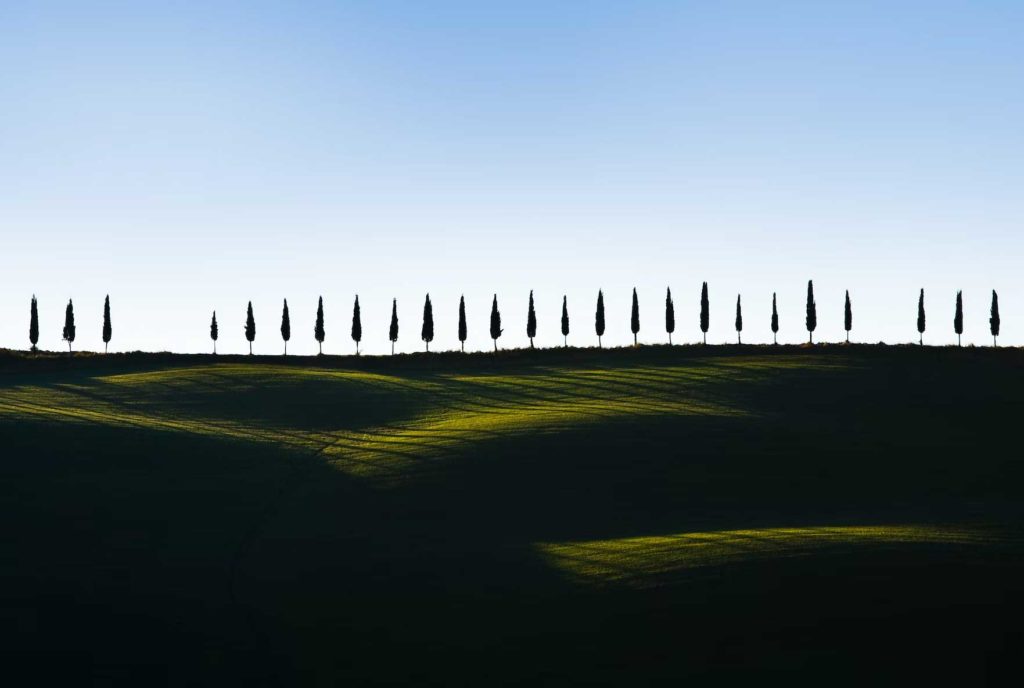
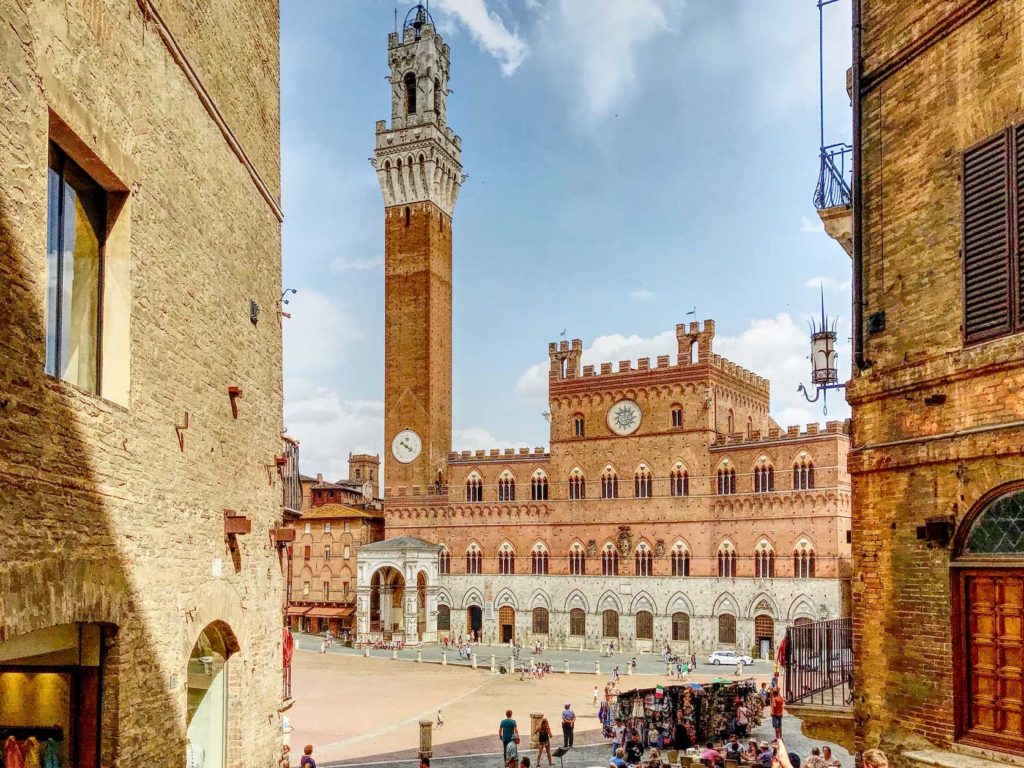
Lazio
Lazio is a region located in central Italy, known for its beautiful cities, stunning historic landmarks, and delicious cuisine. Here is a touristic presentation of Lazio:
Main Cities: Rome, Viterbo, Latina, Frosinone
Landmarks/Points of Interest:
Colosseum: This iconic amphitheater in Rome is a UNESCO World Heritage Site and one of the most recognizable landmarks in Italy.
Vatican City: This independent city-state within Rome is home to some of the most important religious sites in the world, including St. Peter’s Basilica and the Sistine Chapel.
Trevi Fountain: This beautiful Baroque fountain in Rome is famous for its stunning sculpture and is a popular spot for tourists to throw coins and make a wish.
Villa d’Este: This beautiful Renaissance villa in Tivoli is known for its stunning gardens and fountains, and is a UNESCO World Heritage Site.
Tarquinia: This ancient Etruscan town, located near Viterbo, features beautiful tombs and artifacts from the Etruscan civilization.
Castelli Romani: This area in the Alban Hills is known for its beautiful towns, scenic views, and delicious wine.
Fun Things to Do:
Exploring Historic Cities: Lazio is home to a number of beautiful historic cities, including Rome, Viterbo, and Tivoli, each with its own unique architecture, art, and cultural heritage.
Traditional Cuisine Tasting: Lazio is known for its delicious cuisine, including dishes such as carbonara (pasta with eggs, cheese, and bacon), supplì (rice croquettes), and porchetta (roast pork).
Visiting Museums and Art Galleries: The region offers a variety of museums and art galleries, including the National Museum of Rome and the Etruscan Museum of Villa Giulia.
Attending Festivals: Lazio hosts a number of festivals throughout the year, including the Carnival of Acireale in February and the White Night in Rome in September.
Hiking and Outdoor Activities: Lazio offers a variety of hiking trails, as well as activities such as horseback riding, cycling, and boating on the lakes of Castelli Romani.
Liguria
Liguria is a region located in the northwest part of Italy, known for its stunning coastline, picturesque towns, and delicious cuisine. Here is a touristic presentation of Liguria:
Main Cities: Genoa, La Spezia, Savona, Imperia
Landmarks/Points of Interest:
Cinque Terre: This beautiful stretch of coastline is a UNESCO World Heritage Site and features five picturesque fishing villages, connected by scenic hiking trails.
Portofino: This charming fishing village is known for its colorful houses, luxury yachts, and stunning views of the Ligurian Sea.
Genoa’s Old Town: This historic quarter of Genoa, a UNESCO World Heritage Site, is home to a number of beautiful buildings and landmarks, including the Cathedral of San Lorenzo and the Palazzo Reale.
La Spezia Naval Museum: This museum in La Spezia features a collection of historic ships and naval artifacts.
Sanremo: This beautiful coastal town is known for its annual Italian Song Festival and its stunning gardens, including the Villa Nobel and the Villa Ormond.
The Aquarium of Genoa: This aquarium, one of the largest in Europe, is home to a variety of marine life and features interactive exhibits.
Fun Things to Do:
Beach Holidays: Liguria is home to some of the most beautiful beaches in Italy, including the beaches of Monterosso and Portovenere.
Exploring Picturesque Towns: The region is full of charming towns, each with its own unique architecture, history, and cultural heritage.
Traditional Cuisine Tasting: Liguria is known for its delicious cuisine, including dishes such as pesto (sauce made with basil, garlic, and pine nuts), focaccia (a type of flatbread), and trofie al pesto (pasta with pesto sauce).
Visiting Wineries: The region produces a number of high-quality wines, including the crisp Vermentino and the fruity Rossese di Dolceacqua.
Hiking and Outdoor Activities: Liguria offers a variety of hiking trails, as well as activities such as horseback riding, cycling, and sailing.

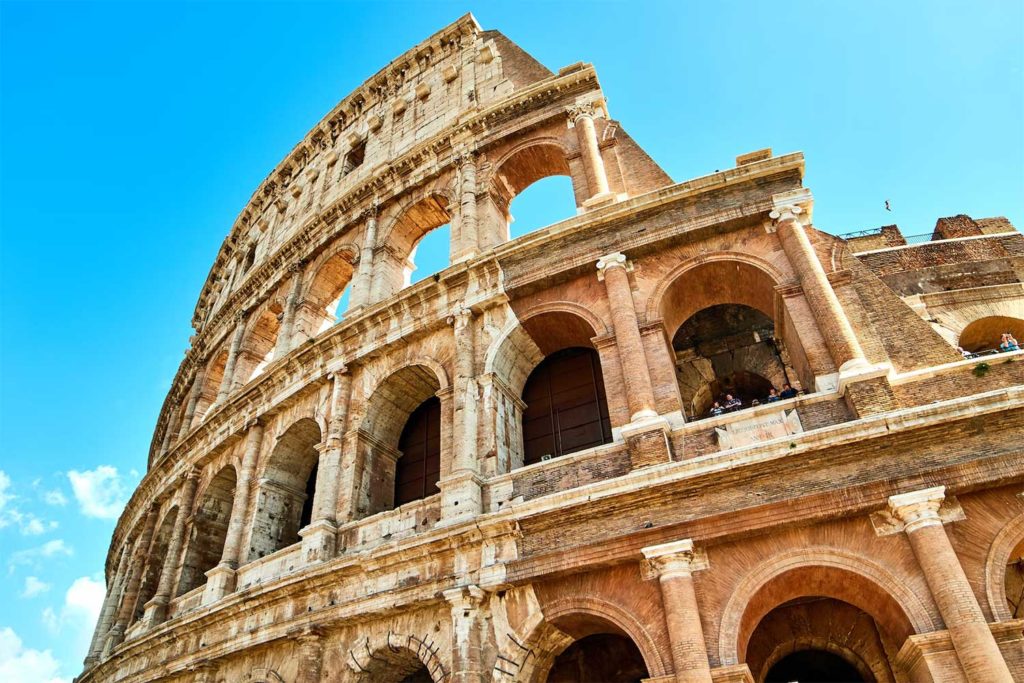
Piedmont
Piedmont is a region located in the northwest part of Italy, known for its beautiful landscapes, delicious cuisine, and rich cultural heritage. Here is a touristic presentation of Piedmont:
Main Cities: Turin, Alba, Asti, Cuneo
Landmarks/Points of Interest:
Turin’s Royal Palace: This stunning palace in Turin, a UNESCO World Heritage Site, houses a collection of beautiful art and artifacts.
Langhe Region: This beautiful hilly region in southern Piedmont is known for its vineyards, stunning landscapes, and delicious food, including the famous white truffles of Alba.
Sacri Monti: These nine holy mountains, located throughout Piedmont, are a UNESCO World Heritage Site and feature beautiful chapels and religious artworks.
Castello della Manta: This beautiful castle near Saluzzo is known for its stunning frescoes and beautiful gardens.
Venaria Reale: This stunning royal palace near Turin, a UNESCO World Heritage Site, features beautiful architecture and artwork, as well as stunning gardens.
Lake Maggiore: This beautiful lake, located on the border between Piedmont and Lombardy, offers stunning views, boat tours, and charming lakeside towns.
Fun Things to Do:
Wine Tasting: Piedmont is known for its world-renowned wines, including Barolo, Barbaresco, and Barbera.
Truffle Hunting: Alba is known for its white truffles, which are highly prized in the culinary world. Visitors can join a truffle hunt and tasting tour to learn about this local specialty.
Exploring Historic Cities: Piedmont is home to a number of beautiful historic cities, each with its own unique architecture, art, and cultural heritage.
Visiting Museums and Art Galleries: The region offers a variety of museums and art galleries, including the Egyptian Museum in Turin and the Pinacoteca Civica in Alba.
Outdoor Activities: Piedmont offers a variety of outdoor activities, including hiking in the Alps, skiing in the winter, and cycling through the vineyards and hills.
Sardinia
Sardinia is an island region located in the Mediterranean Sea, known for its beautiful beaches, stunning landscapes, and rich cultural heritage. Here is a touristic presentation of Sardinia:
Main Cities: Cagliari, Sassari, Olbia, Alghero
Landmarks/Points of Interest:
Costa Smeralda: This beautiful stretch of coastline in northern Sardinia is known for its crystal-clear waters, sandy beaches, and luxury resorts.
Nuraghe Su Nuraxi: This ancient stone fortress, located near Barumini, is a UNESCO World Heritage Site and one of the most important archaeological sites in Sardinia.
Cagliari’s Old Town: This historic quarter of Cagliari is home to a number of beautiful buildings and landmarks, including the Cathedral of Santa Maria and the National Archaeological Museum.
Neptune’s Grotto: This stunning cave, located near Alghero, features beautiful rock formations and an underground lake.
La Maddalena Archipelago: This beautiful group of islands, located off the northern coast of Sardinia, offers stunning landscapes, crystal-clear waters, and beautiful beaches.
Gola su Gorropu: This beautiful canyon, located in the Supramonte mountain range, offers stunning hiking trails and beautiful views.
Fun Things to Do:
Beach Holidays: Sardinia is home to some of the most beautiful beaches in the world, including the beaches of Costa Smeralda, Chia, and Cala Mariolu.
Exploring Picturesque Towns: The island is full of charming towns, each with its own unique architecture, history, and cultural heritage.
Traditional Cuisine Tasting: Sardinia is known for its delicious cuisine, including dishes such as culurgiones (stuffed pasta), porceddu (roast suckling pig), and pane carasau (a type of flatbread).
Visiting Wineries: The island produces a number of high-quality wines, including the full-bodied Cannonau and the refreshing Vermentino.
Outdoor Activities: Sardinia offers a variety of outdoor activities, including hiking, biking, water sports, and sailing.
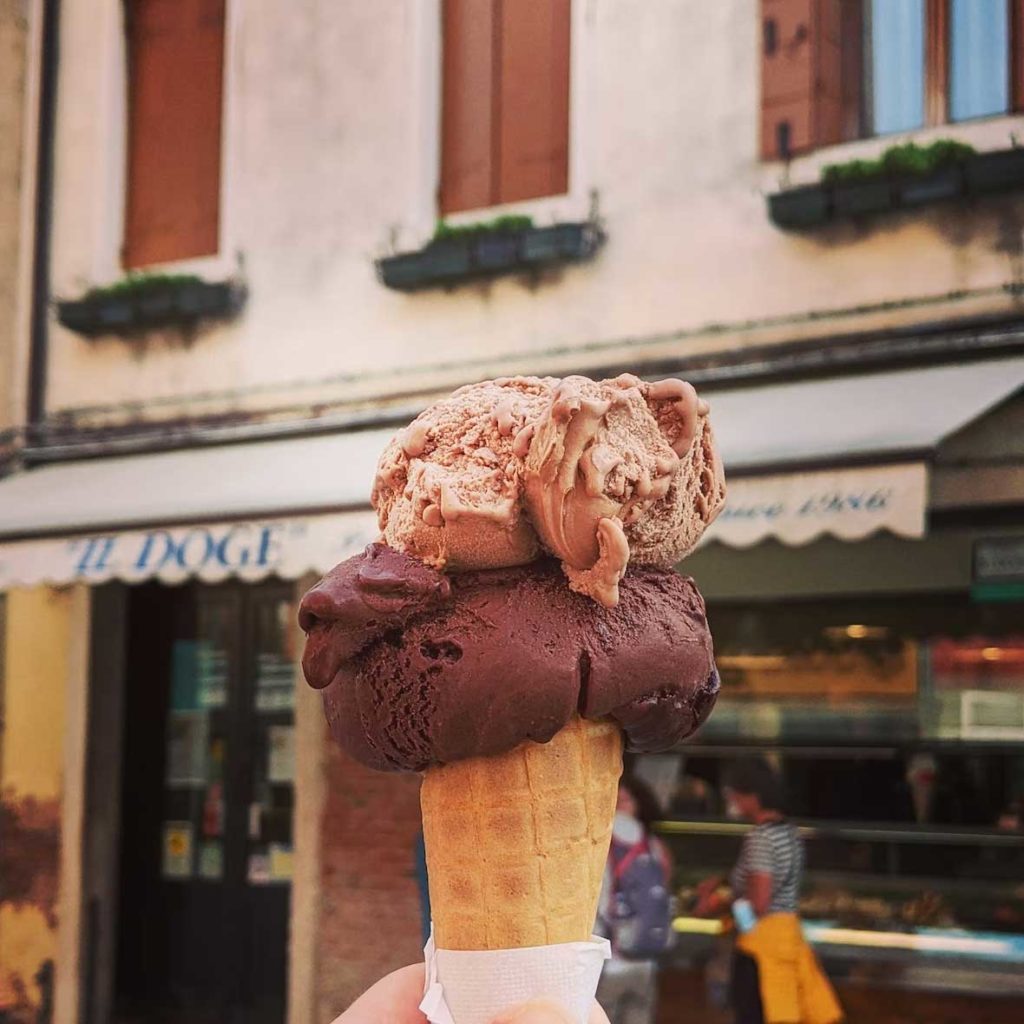

Elba
Elba is an island located in the Tuscan Archipelago, known for its beautiful beaches, clear waters, and stunning landscapes. Here is a touristic presentation of Elba:
Main Cities: Portoferraio, Marina di Campo, Marciana Marina, Rio Marina
Landmarks/Points of Interest:
Napoleon’s Residences: This island was the exile site of Napoleon Bonaparte in 1814, and there are two residences where he stayed during his time on Elba that visitors can tour: Villa dei Mulini and Villa San Martino.
Acquabona Golf Club: This golf club, located near Portoferraio, offers stunning views of the sea and mountains.
Villa Romana delle Grotte: This ancient Roman villa, located near Portoferraio, features stunning mosaics and frescoes.
Capoliveri: This charming hilltop town offers stunning views, beautiful architecture, and delicious local cuisine.
Monte Capanne: This highest peak of the island, offers stunning views and hiking opportunities.
Fun Things to Do:
Beach Holidays: Elba is home to some of the most beautiful beaches in Italy, including Spiaggia di Sansone, Spiaggia di Fetovaia and Spiaggia di Cavoli.
Water Sports: Elba offers a variety of water sports activities, including snorkeling, scuba diving, sailing, and windsurfing.
Hiking: Elba offers a variety of hiking trails, including the Monte Capanne trail and the Sentiero dell’Amore trail.
Exploring Picturesque Towns: The island is full of charming towns, each with its own unique architecture, history, and cultural heritage.
Visiting Local Wineries: Elba produces a variety of high-quality wines, including the Bianco dell’Elba and the Rosso dell’Elba.
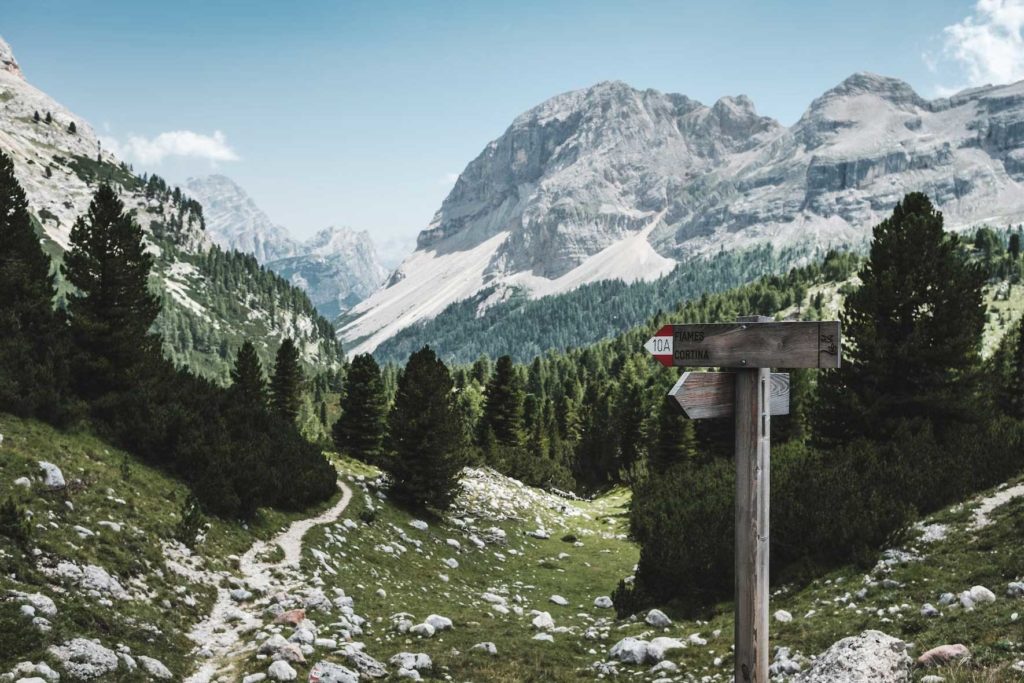
When to go – the four seasons in Italy
Italy has a temperate climate, which is characterized by four distinct seasons. Here is an overview of what the four seasons are typically like in Italy:
Spring (March to May): During spring, temperatures gradually warm up and the days become longer. In the north and central regions, temperatures can range from 10-20°C (50-68°F), while in the south, temperatures can range from 15-25°C (59-77°F). Spring is generally considered a good time to visit Italy, as the weather is pleasant and there are fewer crowds than during the summer months.
Summer (June to August): Summer is the peak tourist season in Italy, with temperatures ranging from 25-35°C (77-95°F) across the country. The coastal areas and cities can be very crowded during this time, but it’s also a great time to enjoy outdoor activities, such as swimming, hiking, and exploring the countryside.
Autumn (September to November): Autumn is a great time to visit Italy, as temperatures are still mild and there are fewer tourists than in the summer. Temperatures in the north and central regions can range from 10-20°C (50-68°F), while in the south, temperatures can range from 15-25°C (59-77°F). Autumn is also the time when Italy’s wine regions hold their harvest festivals.
Winter (December to February): Winter in Italy can be cold and damp, especially in the north and central regions, where temperatures can drop below freezing. However, in the south, temperatures can still be mild, ranging from 5-15°C (41-59°F). Winter is a great time to visit Italy’s ski resorts and to enjoy winter sports, such as skiing and snowboarding.
Overall, Italy’s four seasons offer a range of different experiences for travelers, with each season having its own unique charm and attractions.

The main cities in Italy that you should visit
Italy is home to many beautiful cities that are popular tourist destinations. Here are some of the main touristic cities in Italy, along with their main points of interests:
Rome: Rome is the capital city of Italy and one of the most popular tourist destinations in the world. Some of the main points of interests in Rome include the Colosseum, the Roman Forum, the Pantheon, Vatican City (including St. Peter’s Basilica and the Sistine Chapel), the Trevi Fountain, and the Spanish Steps.
Florence: Florence is known for its beautiful architecture and art, and is often considered the birthplace of the Renaissance. Some of the main points of interests in Florence include the Duomo, the Uffizi Gallery, the Ponte Vecchio, the Pitti Palace, and the Boboli Gardens.
Venice: Venice is a unique city built on a series of islands connected by canals and bridges. Some of the main points of interests in Venice include St. Mark’s Square, the Doge’s Palace, the Rialto Bridge, and the Grand Canal.
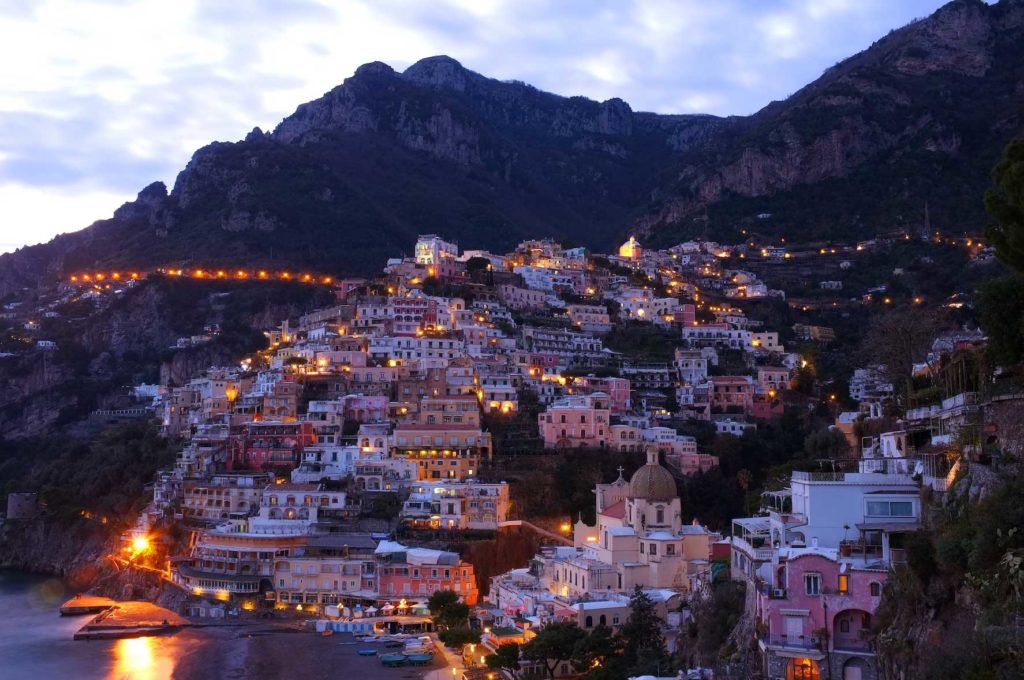
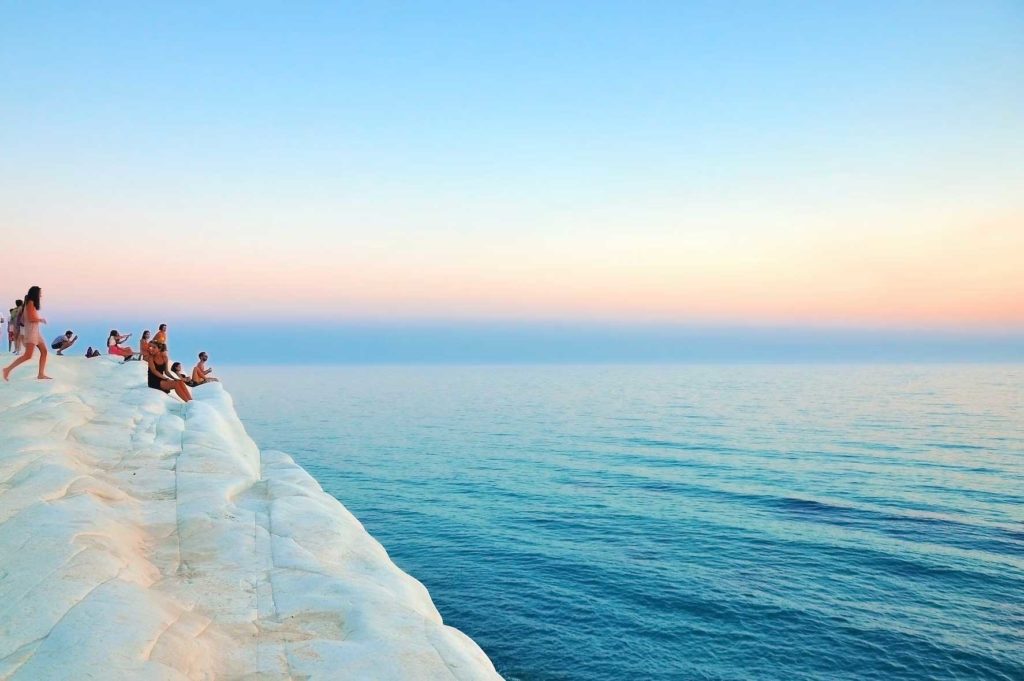
Milan: Milan is known for its fashion, shopping, and beautiful architecture. Some of the main points of interests in Milan include the Duomo, the Galleria Vittorio Emanuele II, the Sforza Castle, and La Scala Opera House.
Naples: Naples is a vibrant city located in southern Italy, known for its delicious cuisine and rich history. Some of the main points of interests in Naples include Pompeii, the National Archaeological Museum, the Castel dell’Ovo, and the Royal Palace of Naples.
Turin: Turin is a beautiful city located in northern Italy, known for its baroque architecture and rich history. Some of the main points of interests in Turin include the Royal Palace of Turin, the Mole Antonelliana, the Egyptian Museum, and the Palazzo Madama.
Bologna: Bologna is known for its beautiful architecture, rich cultural heritage, and delicious cuisine. Some of the main points of interests in Bologna include the Piazza Maggiore, the Two Towers, the Archiginnasio Palace, and the Santo Stefano Basilica.
Matera: Matera is a beautiful city located in southern Italy, known for its ancient cave dwellings and stunning architecture. It’s a UNESCO World Heritage Site and is becoming an increasingly popular destination for tourists.
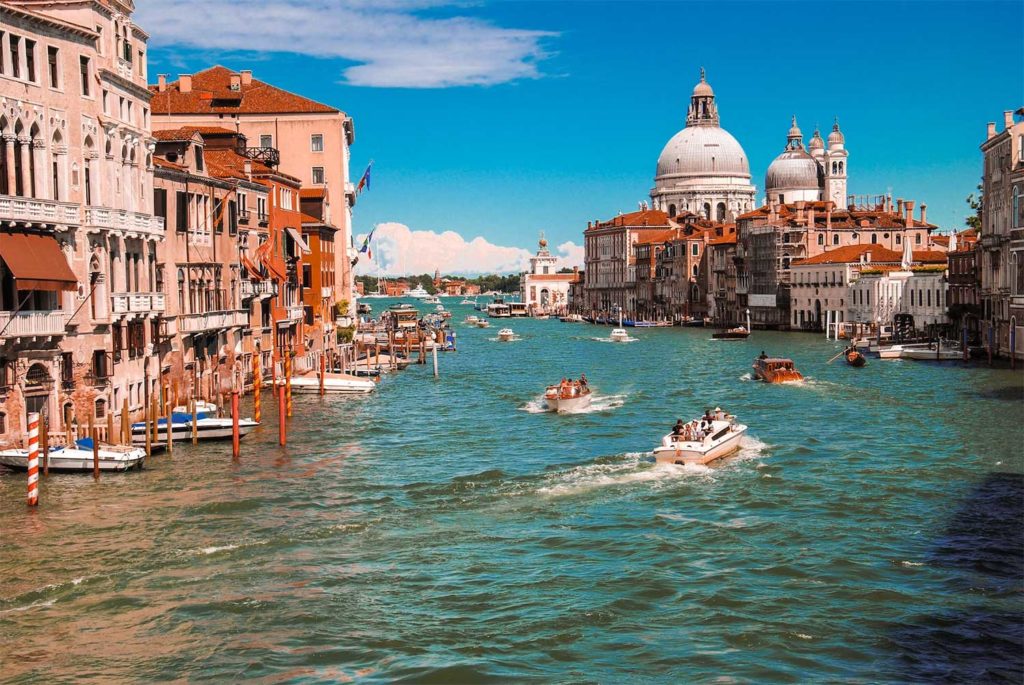
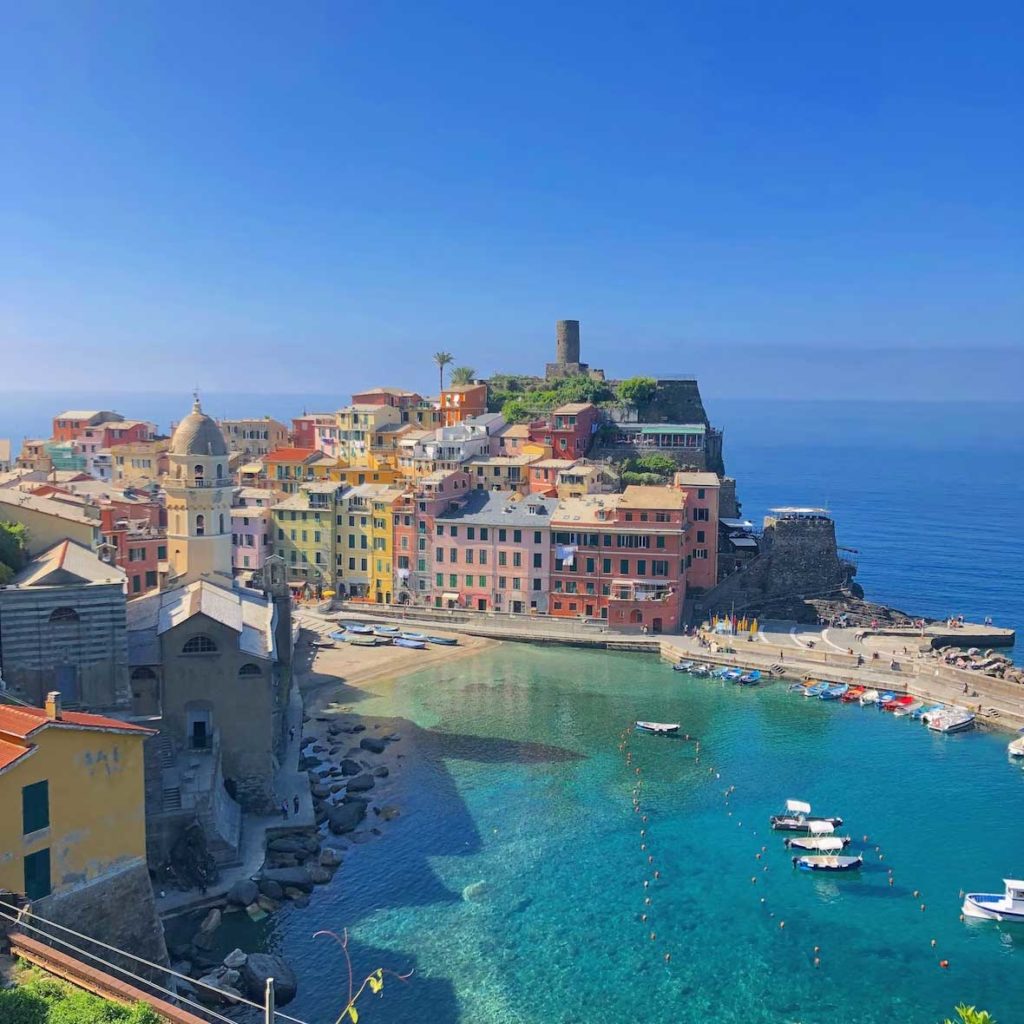
Urbino: Urbino is a small city located in central Italy, known for its beautiful Renaissance architecture and rich cultural heritage. It’s home to the Palazzo Ducale, a stunning palace that houses a museum and art gallery.
Lecce: Lecce is a charming city located in southern Italy, known for its beautiful baroque architecture and rich cultural heritage. It’s often called the “Florence of the South” and is becoming a popular destination for tourists.
Trieste: Trieste is a beautiful city located in northeastern Italy, known for its stunning coastal scenery, beautiful architecture, and rich cultural heritage. It’s a city that is often overlooked by tourists, but has a growing reputation as a hidden gem.
Portofino: Portofino is a picturesque fishing village located on the Italian Riviera. It’s known for its colorful buildings, beautiful harbor, and stunning coastal scenery. It’s a popular destination for yacht enthusiasts and visitors looking for a quiet retreat.

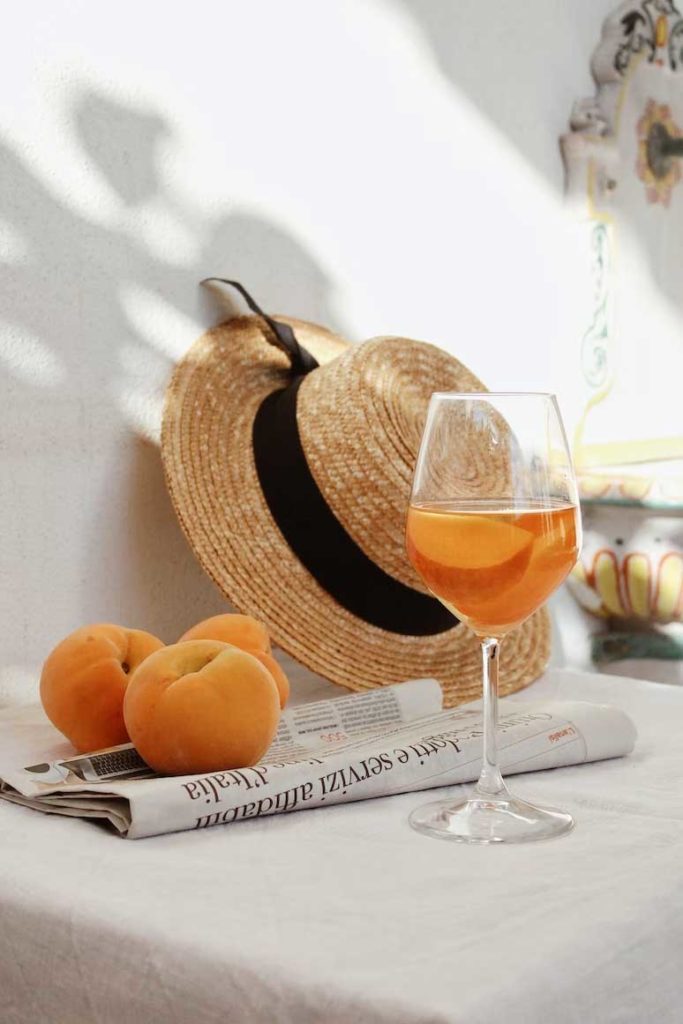
Positano: Positano is a charming town located on the Amalfi Coast. It’s known for its narrow streets, beautiful beaches, and stunning views of the Mediterranean Sea. It’s a popular destination for honeymooners and visitors looking for a romantic getaway.
Taormina: Taormina is a beautiful town located on the east coast of Sicily. It’s known for its stunning views of Mount Etna, beautiful historic center, and ancient Greek theater. It’s a popular destination for history buffs and visitors looking for a taste of Sicilian culture.
Pisa: Pisa is a historic city located in Tuscany. It’s known for its iconic Leaning Tower, but it also has a beautiful historic center, charming streets, and a vibrant student population. It’s a popular destination for visitors looking to explore Tuscany beyond Florence.
Orbetello: Orbetello is a charming town located on a lagoon in southern Tuscany. It’s known for its beautiful natural scenery, ancient walls, and charming streets. It’s a popular destination for visitors looking for a quieter alternative to the more crowded Tuscan cities.
Siena: Siena is a beautiful city located in the heart of Tuscany. It’s known for its stunning Gothic architecture, beautiful cathedral, and historic center. It’s a popular destination for visitors looking for a taste of Tuscan culture and history.
Como: Como is a beautiful town located on the shores of Lake Como in northern Italy. It’s known for its stunning natural scenery, beautiful historic center, and luxurious villas.
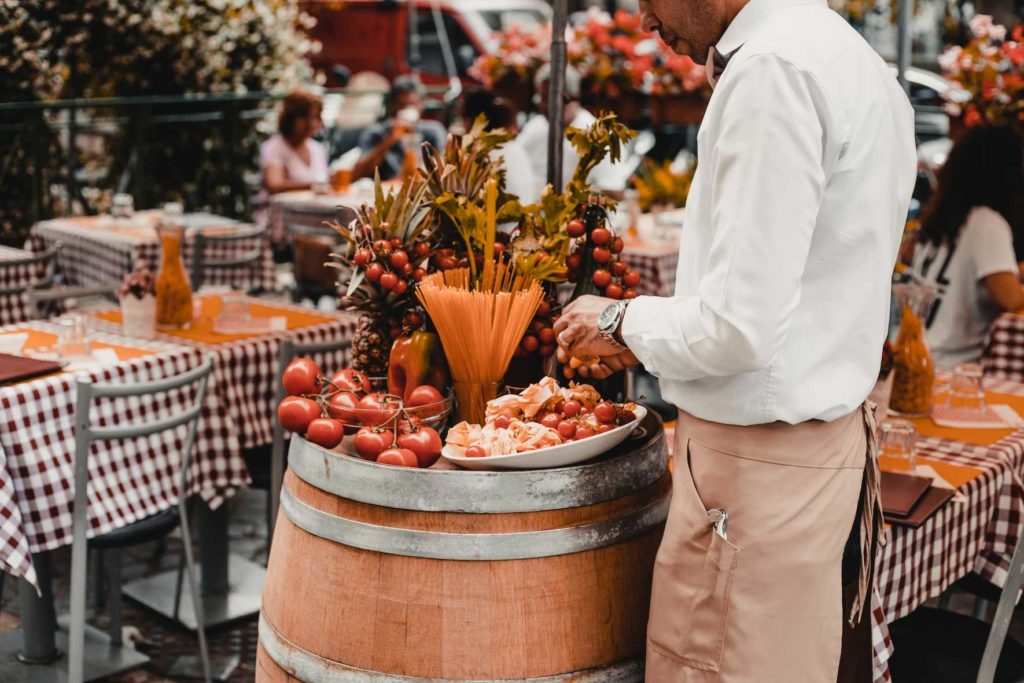
Landmarks that are a must-see
Italy is home to countless landmarks and sites that are popular tourist destinations. Here are some of the main ones that you should consider visiting:
The Colosseum in Rome: The Colosseum is one of the most iconic landmarks in Italy, known for its ancient Roman architecture and history. Visitors can take a guided tour of the Colosseum and learn about its history as an arena for gladiatorial contests and public spectacles.
The Vatican City in Rome: The Vatican City is the smallest independent state in the world, located within Rome. Visitors can explore the beautiful St. Peter’s Basilica, the Sistine Chapel, and the Vatican Museums, which house some of the world’s most famous works of art.
The Leaning Tower of Pisa: The Leaning Tower of Pisa is a world-famous landmark located in the city of Pisa. Visitors can climb to the top of the tower and take in stunning views of the surrounding city.

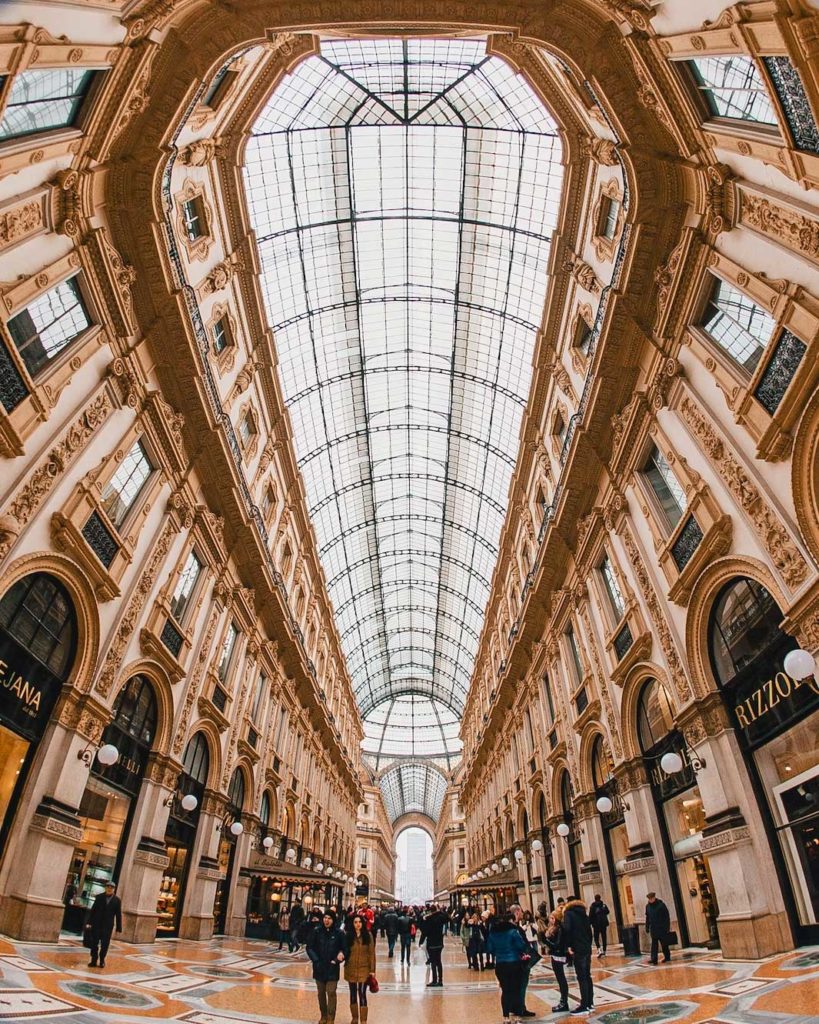
The Duomo in Florence: The Duomo is a beautiful cathedral located in the heart of Florence. Visitors can climb to the top of the cathedral’s dome for stunning views of the city, or explore the nearby Baptistery and Campanile.
The Grand Canal in Venice: The Grand Canal is the main waterway that winds through the city of Venice. Visitors can take a gondola ride along the canal and explore the beautiful buildings and bridges that line its shores.
Pompeii: Pompeii is an ancient Roman city located near Naples, which was buried by volcanic ash in 79 AD. Visitors can explore the city’s ruins and learn about life in ancient Rome.
Cinque Terre: Cinque Terre is a beautiful coastal region located in northern Italy, known for its picturesque villages and stunning hiking trails. Visitors can hike between the five villages or simply relax on the beaches and enjoy the views.
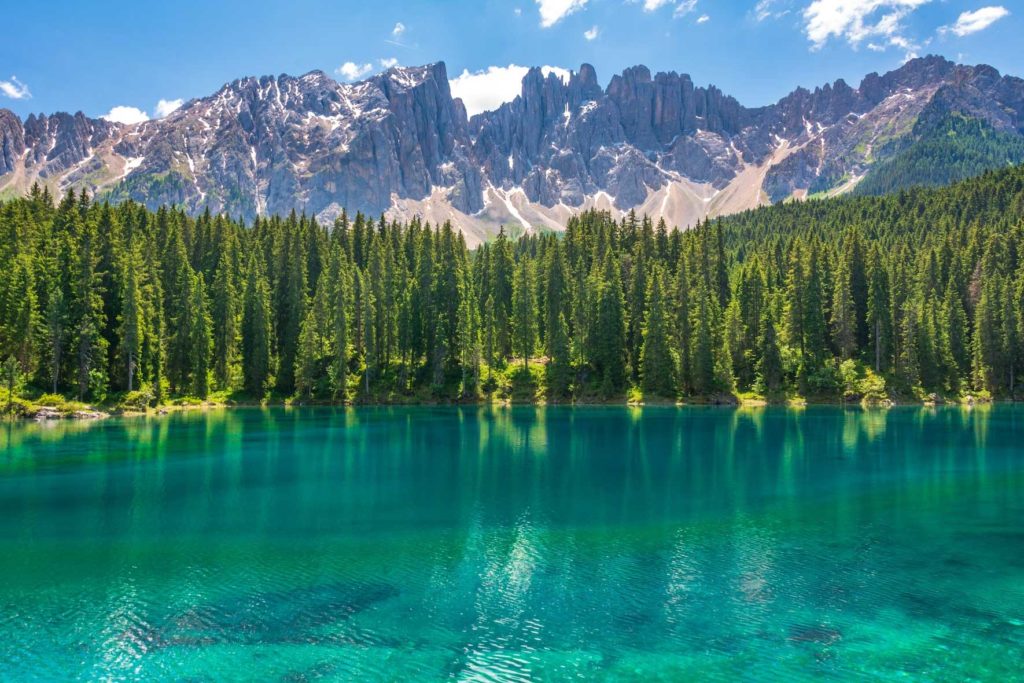
Where to stay – Landmarks hotels
Italy is home to many beautiful landmarks and historic sites, and there are several iconic hotels that offer unique and memorable experiences. Here are some of the landmark hotels in Italy that you may want to consider for your stay:
Hotel Danieli, Venice – Located in the heart of Venice, the Hotel Danieli is a luxurious hotel with stunning views of the Grand Canal. This hotel has been around since the 14th century and has hosted many famous guests, including Charles Dickens and George Sand.
Hotel de Russie, Rome – This five-star hotel is located in the center of Rome, near the Spanish Steps and the Trevi Fountain. The hotel is known for its beautiful gardens, which are a peaceful oasis in the heart of the bustling city.
Hotel Hassler, Rome – Located at the top of the Spanish Steps, the Hotel Hassler offers stunning views of the city. This historic hotel has been around since the late 19th century and has hosted many famous guests, including Audrey Hepburn and Prince Rainier of Monaco.
Grand Hotel Tremezzo, Lake Como – This elegant hotel is located on the shores of Lake Como and offers stunning views of the lake and the surrounding mountains. The hotel has been around since the early 20th century and has hosted many famous guests, including Winston Churchill and Greta Garbo.
Belmond Hotel Caruso, Ravello – This five-star hotel is located on the Amalfi Coast and offers stunning views of the Mediterranean Sea. The hotel is housed in a former 11th-century palace and features beautiful gardens, a pool, and a spa.
Villa d’Este, Lake Como: Villa d’Este is a luxurious hotel located on the shores of Lake Como, about 40 km north of Milan. The hotel is housed in a 16th-century villa and is surrounded by beautiful gardens. It has been a popular destination for celebrities and royalty for decades, and it is known for its elegant rooms, Michelin-starred restaurants, and spa.
Bulgari, Milan: Bulgari Hotel is a five-star hotel located in the heart of Milan’s fashionable Brera district. The hotel is housed in a restored 18th-century building and features modern Italian design. It is known for its luxurious rooms and suites, rooftop restaurant, and spa.
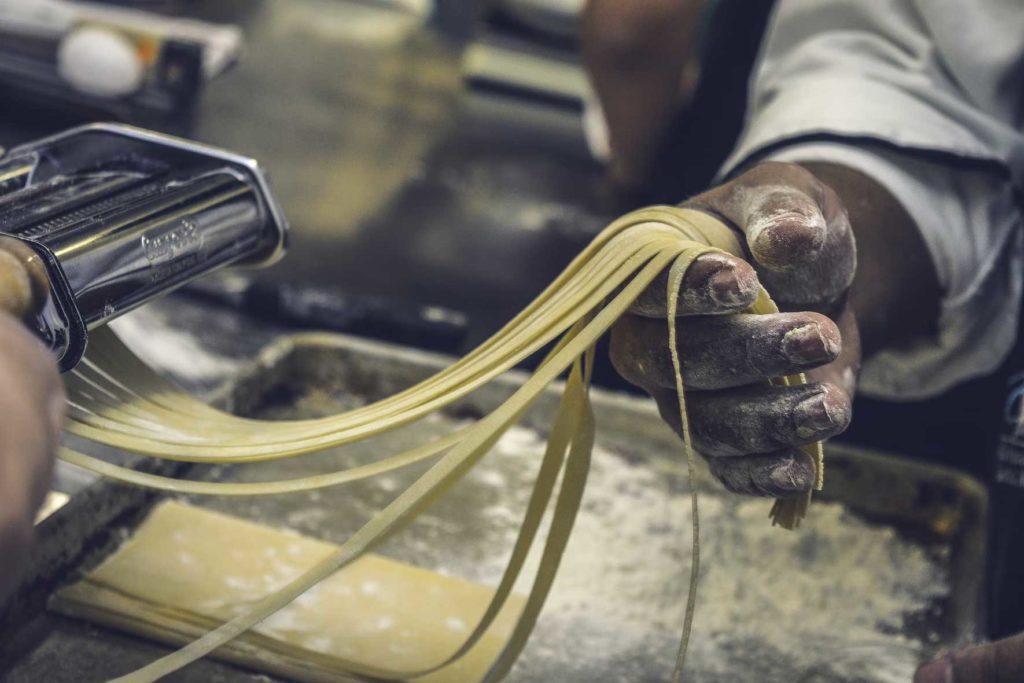
Food to try by region
Italy is famous for its delicious food, and each region has its own unique specialties and flavors. Here are some of the main food specialties by region in Italy:
Lombardy: Lombardy is known for its hearty cuisine, including dishes such as risotto alla Milanese, ossobuco, and polenta. It’s also home to famous cheeses such as Gorgonzola and Taleggio.
Tuscany: Tuscany is known for its simple, flavorful cuisine, including dishes such as ribollita, bistecca alla fiorentina, and pici pasta. The region is also famous for its wines, including Chianti and Brunello di Montalcino.
Emilia-Romagna: Emilia-Romagna is known for its rich, meaty cuisine, including dishes such as Bolognese sauce, prosciutto di Parma, and Parmigiano-Reggiano cheese. The region is also famous for its pasta, including tortellini and lasagne.

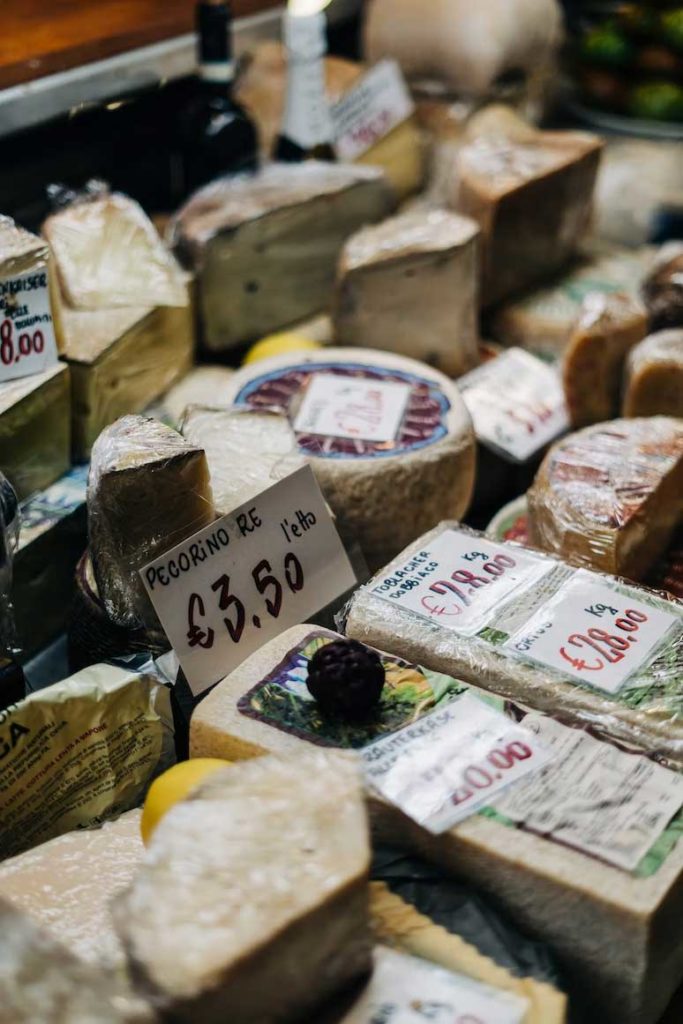
Campania: Campania is known for its simple, rustic cuisine, including dishes such as pizza Margherita, spaghetti alle vongole, and mozzarella di bufala. The region is also famous for its seafood, including fresh fish and shellfish.
Sicily: Sicily is known for its diverse cuisine, which blends Italian, Greek, and Arabic influences. Dishes include arancini, pasta alla Norma, and caponata. The region is also famous for its sweet treats, including cannoli and gelato.
Piedmont: Piedmont is known for its hearty cuisine, including dishes such as agnolotti pasta, vitello tonnato, and bagna cauda. The region is also famous for its wines, including Barolo and Barbaresco.
Each region of Italy has its own unique food specialties, which reflect the local ingredients, history, and culture. Whether you’re a fan of hearty meat dishes, fresh seafood, or delicious pasta and pizza, Italy has something for every taste.
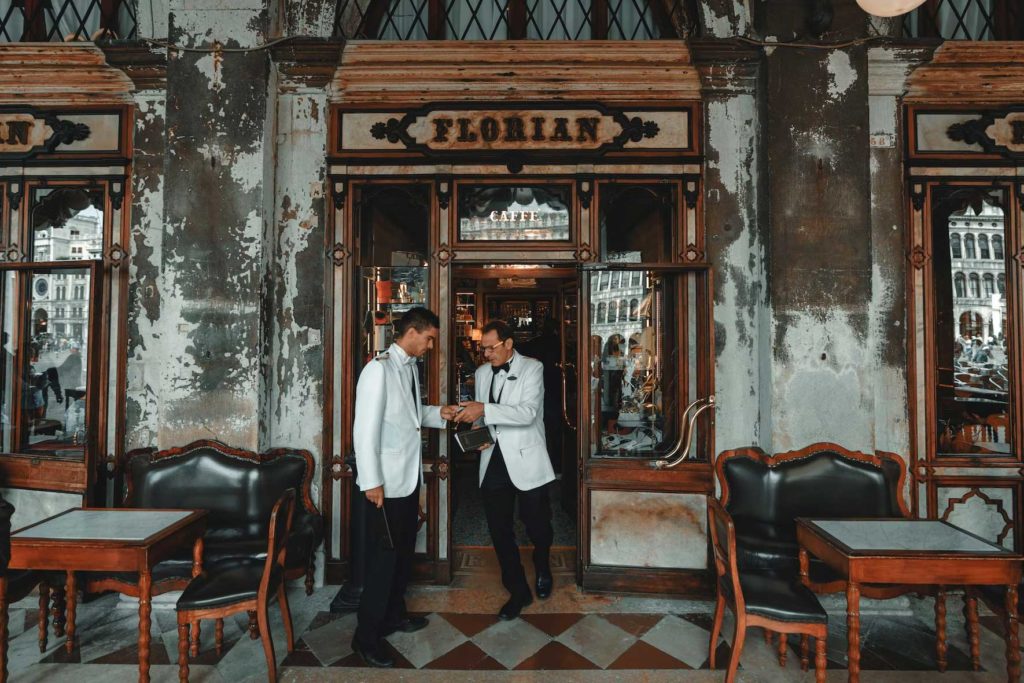
The 10 best restaurants in Italy
Italy is known for its delicious cuisine and its variety of restaurants. From traditional Italian dishes to modern takes on classic recipes, there is something for everyone in Italy. Here are the 10 best Italian restaurants in Italy, their chefs, and their specialties.
Da Vittorio – Located in Brusaporto, this restaurant is run by the Cerea family and has been awarded three Michelin stars. Chef Enrico Cerea specializes in creative dishes that combine traditional Italian flavors with modern techniques.
Osteria Francescana – Located in Modena, this restaurant is run by chef Massimo Bottura who has won three Michelin stars for his innovative take on classic Italian cuisine. His signature dish is a tortellini served with Parmigiano Reggiano foam and balsamic vinegar from Modena.
Dal Pescatore – Located in Canneto sull’Oglio, this restaurant has been run by the Mantova family since 1925 and has been awarded two Michelin stars. Chef Nadia Mantova specializes in traditional Lombardian cuisine with a modern twist.
La Pergola – Located at Rome Cavalieri Hotel, this restaurant is run by chef Heinz Beck who has won three Michelin stars for his creative dishes that combine Mediterranean flavors with molecular gastronomy techniques.
Don Alfonso 1890 – Located in Sant’Agata sui Due Golfi, this restaurant is run by the Iaccarino family and has been awarded two Michelin stars for its modern interpretation of traditional Neapolitan cuisine using local ingredients from the Amalfi Coast region of Italy.
Il San Pietro di Positano – Located on the Amalfi Coast near Positano, this restaurant is run by chef Gennaro Esposito who has won two Michelin stars for his creative seafood dishes that use local ingredients from the area such as lemons and olives from Sorrento Peninsula groves and fish caught off the coast of Positano each day.
Le Calandre – Located in Rubano near Padua, this restaurant is run by brothers Massimiliano and Raffaele Alajmo who have won three Michelin stars for their inventive dishes that combine French technique with Venetian flavors like squid ink risotto or scampi tartare with caviar cream sauce served with a glass of Prosecco di Valdobbiadene DOCG Extra Dry sparkling wine from Veneto region of Italy..
Enoteca Pinchiorri – Located in Florence, this restaurant is run by chef Annie Féolde who has won three Michelin stars for her creative Tuscan-inspired dishes like wild boar ravioli or veal tenderloin served with truffle sauce accompanied by wines from all over Italy as well as some international labels like Château d’Yquem Sauternes or Domaine de la Romanée-Conti Burgundy Grand Cru red wines from France..
Lido 84 – Located on Lake Garda near Gargnano,this restaurant was founded by chef Andrea Berton who specializes in contemporary Italian cuisine featuring fresh fish caught daily from Lake Garda such as perch fillets served with an orange reduction sauce or grilled sea bass accompanied by a light tomato sauce..
La Madonnina del Pescatore – Located near Peschiera del Garda,this restaurant was founded by chef Giancarlo Perbellini who specializes in modern interpretations of classic Venetian recipes such as risotto all’isolana made with saffron risotto rice cooked slowly over low heat until creamy or spaghetti alle vongole prepared using clams harvested daily from Lake Garda..
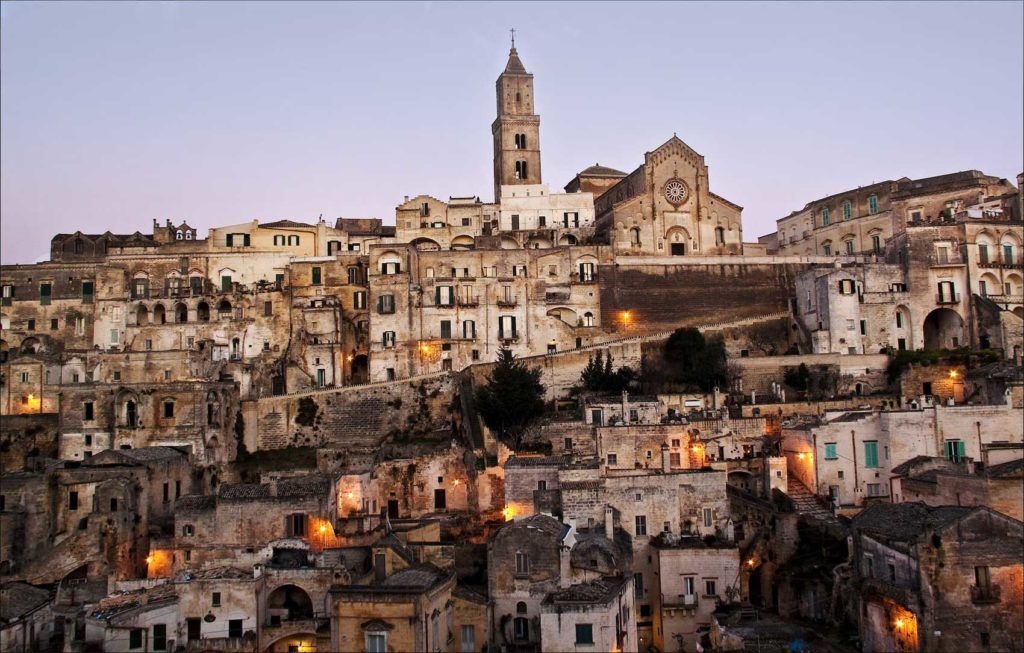
How to get around Italy
Italy has a well-developed transportation system that makes it easy to get around the country. Here are some of the main ways to get around Italy:
Train: Italy has a comprehensive rail network, operated by Trenitalia, that connects major cities and towns throughout the country. Train travel is generally fast, reliable, and affordable, and can be a great way to see the countryside.
Bus: Italy also has a network of local and long-distance bus services, which can be a good option for traveling to smaller towns and rural areas. Companies such as Flixbus and Eurolines offer affordable long-distance bus travel within Italy and to other European countries.
Car: Renting a car can be a good option for exploring rural areas and smaller towns, but driving in Italy can be challenging due to the country’s narrow, winding roads and aggressive drivers. It’s also worth noting that many historic city centers have restricted vehicle access, so it may be necessary to park outside of the city and walk or take public transportation.
Plane: For longer distances or travel to the islands, flying can be a good option. Italy has several airports, including major international airports in Rome, Milan, and Venice, as well as smaller regional airports.
Ferry: Italy is surrounded by the Mediterranean Sea, and ferries are available for travel to and from the islands and other coastal destinations. Major ferry operators include Tirrenia, Grimaldi Lines, and Moby Lines.
Bike: Italy has a growing network of bike paths and cycling routes, which can be a great way to explore the countryside and smaller towns. Many cities also have bike-sharing programs, such as Milan’s BikeMi and Rome’s Roma Bike Share.
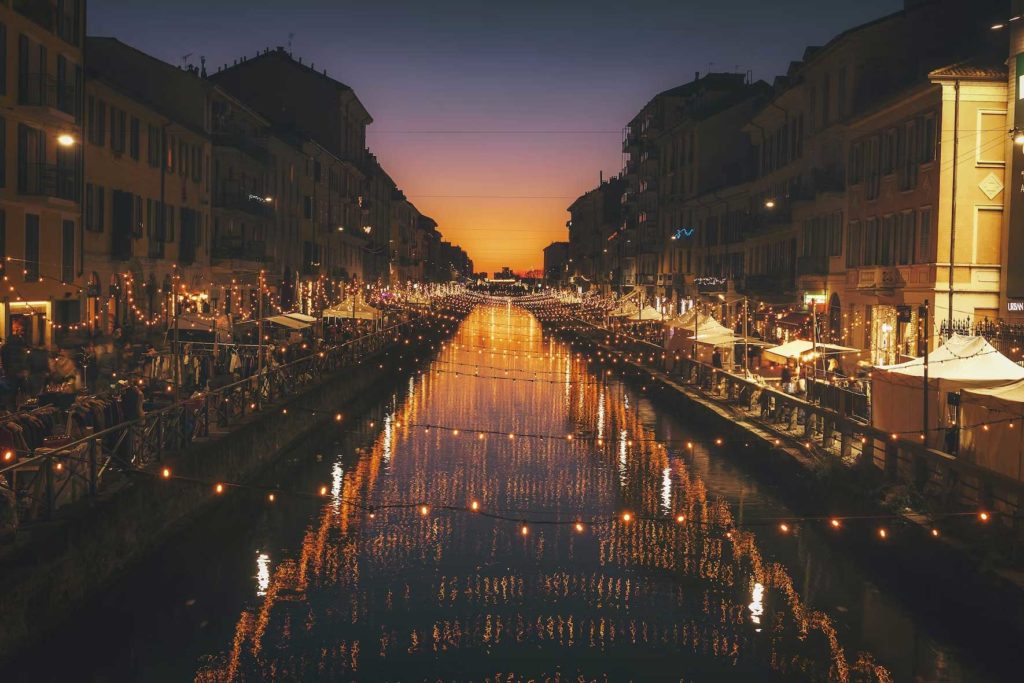
Shopping, taxes and tips in Italy
In Italy, the prices of goods and services usually include taxes and service charges, so there’s no need to add additional tips or charges. However, it’s common to round up the bill or leave a small amount of change as a gesture of appreciation for good service. Here’s a breakdown of the different types of taxes and charges you might encounter when shopping or dining in Italy:
Value-added tax (VAT): VAT is a tax that’s included in the price of goods and services in Italy. The standard VAT rate is 22%, but there are reduced rates of 4% and 10% for certain goods and services.
Service charge: Many restaurants in Italy include a service charge in the price of the meal. This is usually around 10-15% and is listed on the menu or the bill.
Coperto: Some restaurants in Italy charge a small fee called a coperto, which is meant to cover the cost of bread, water, and other basic amenities. This is usually a few euros per person and is listed on the menu or the bill.
When paying for goods or services in Italy, you can usually use cash or credit card. It’s worth noting that some small shops and restaurants may not accept credit cards, so it’s always a good idea to carry some cash with you.
In terms of tipping, it’s not necessary to leave a large tip as service charges are usually included in the price of the meal or service. However, as mentioned earlier, it’s common to round up the bill or leave a small amount of change as a gesture of appreciation for good service.
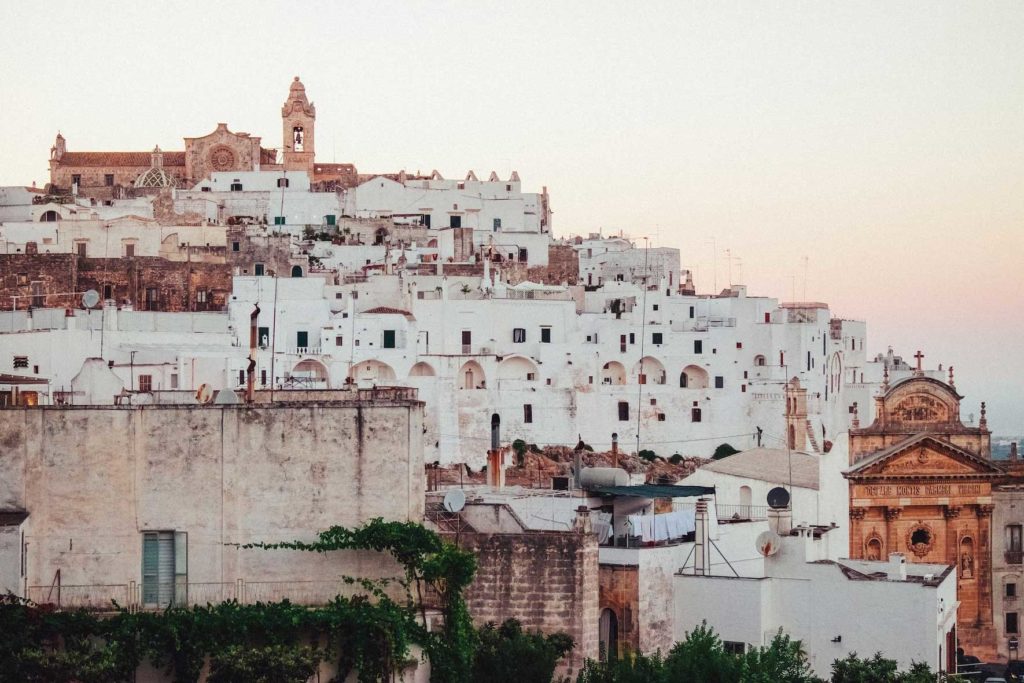
Practical advice when travelling in Italy
Plan ahead: Italy is a popular tourist destination, especially during peak season. To avoid crowds and ensure that you get to see the sights you want to see, it’s a good idea to plan ahead and book tickets for popular attractions in advance.
Dress appropriately: Italians are known for their sense of style, and dressing well is important in many parts of the country. To avoid standing out as a tourist, it’s a good idea to dress in smart-casual clothing and avoid shorts, flip-flops, and other beachwear.
Learn some Italian: While many Italians speak English, it’s always appreciated if you make an effort to learn some basic Italian phrases. This can help you navigate public transport, order food, and interact with locals.
Be aware of pickpockets: Like any major city, Italy has its fair share of pickpockets and petty theft. To avoid becoming a victim, be aware of your surroundings, keep an eye on your belongings, and avoid carrying large amounts of cash or valuables.
Respect local customs: Italy is a country with a rich history and culture, and it’s important to respect local customs and traditions. This might include dressing modestly when visiting churches or religious sites, being polite and respectful to locals, and observing local customs when it comes to dining and socializing.
Use public transport: While driving in Italy can be a great way to see the countryside, navigating the narrow streets and busy cities can be challenging for visitors. Instead, consider using public transport, which is generally reliable, affordable, and easy to use.
Take your time: Italy is a country with a lot to see and do, but it’s also important to take your time and enjoy the experience. Whether you’re exploring a museum, sipping coffee in a piazza, or strolling through a park, take the time to soak up the atmosphere and enjoy the moment.
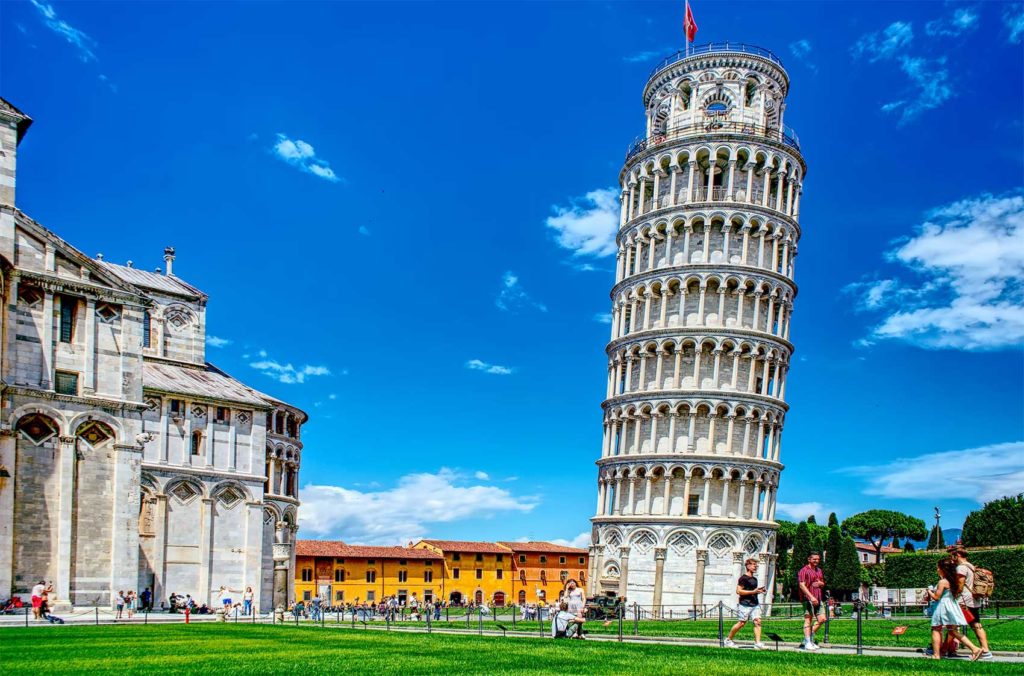
Safety in Italy
Italy is a relatively safe country for tourists, but as with any destination, it’s important to take basic safety precautions to protect yourself and your belongings. Here are some tips to help you stay safe while traveling in Italy:
Be aware of pickpockets: Pickpocketing is a common problem in tourist areas, especially in crowded places like public transport, markets, and popular landmarks. To avoid becoming a victim, keep your valuables close to your body and be aware of your surroundings.
Use caution when driving: Driving in Italy can be challenging, especially in cities, due to the narrow streets and heavy traffic. If you plan to drive, make sure you’re familiar with local driving laws and customs, and be cautious when navigating busy roads.
Avoid scams: Tourist scams are common in Italy, especially in major cities. Be wary of anyone who approaches you on the street with a sob story or offers you a deal that seems too good to be true.
Use common sense: Italy is a relatively safe country, but it’s important to use common sense when traveling. Avoid walking alone at night in unfamiliar areas, stay in well-lit and populated areas, and be cautious when using public transport.
–
Check our other travel guides.
Interested in Italy ? Check out our other travel guides: